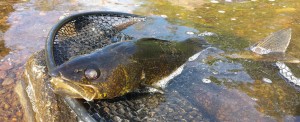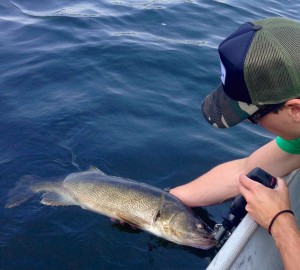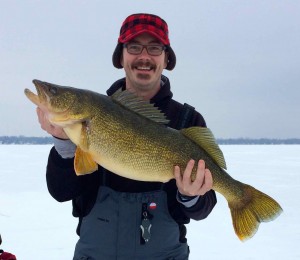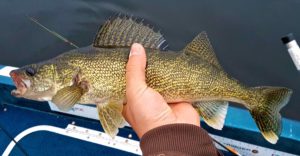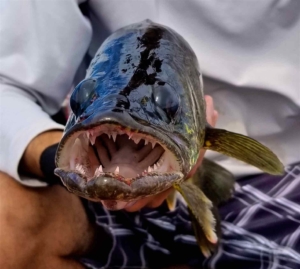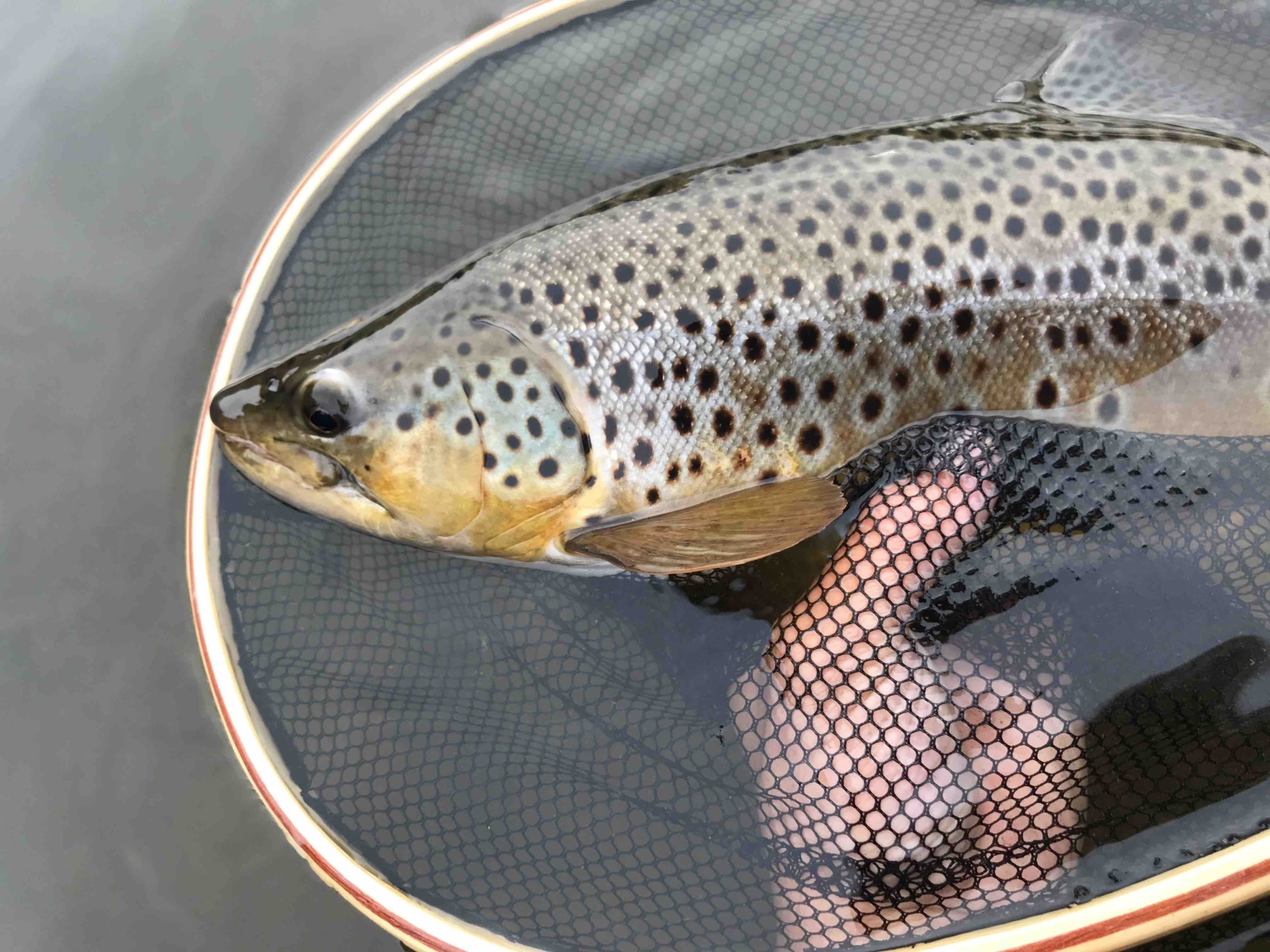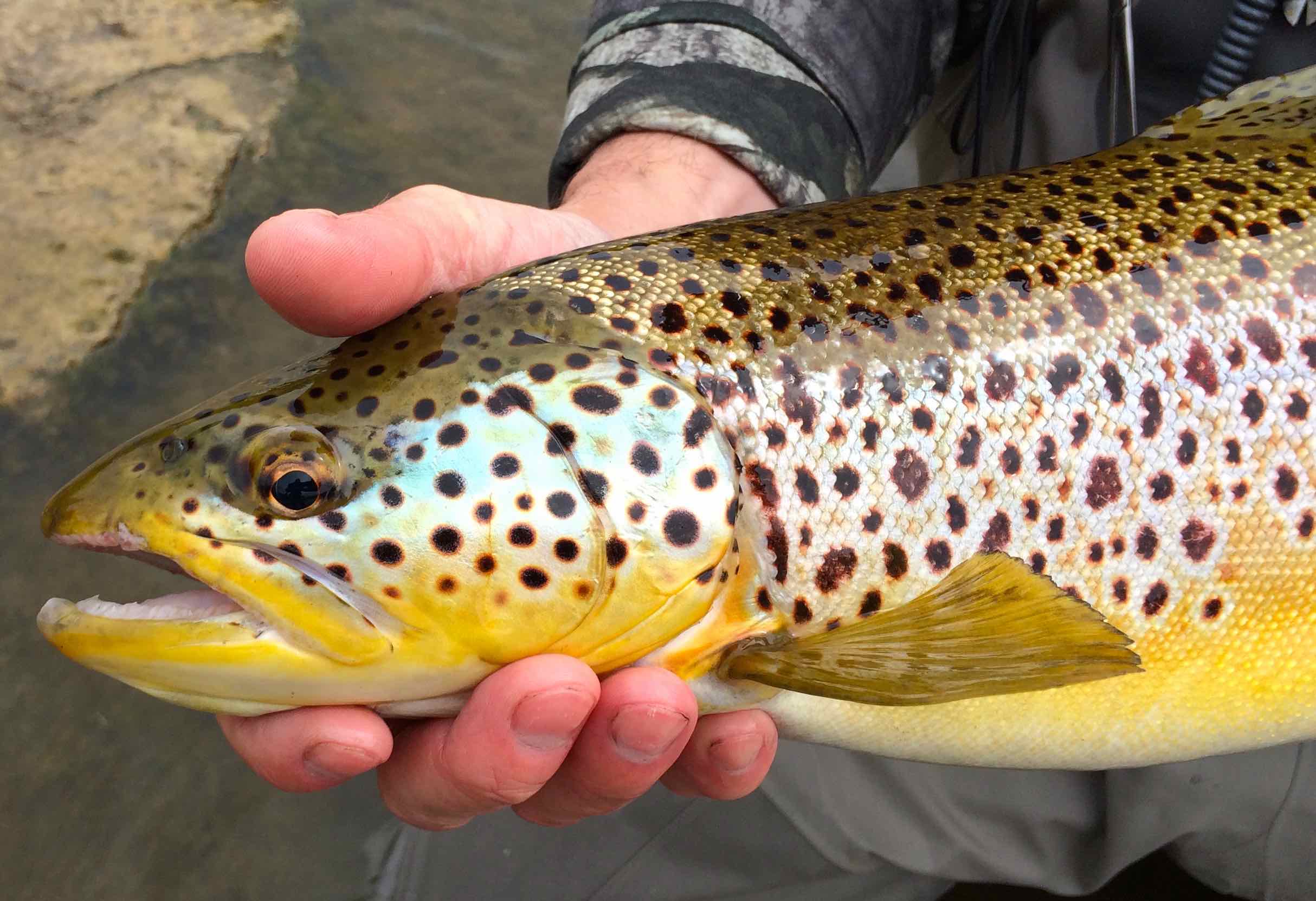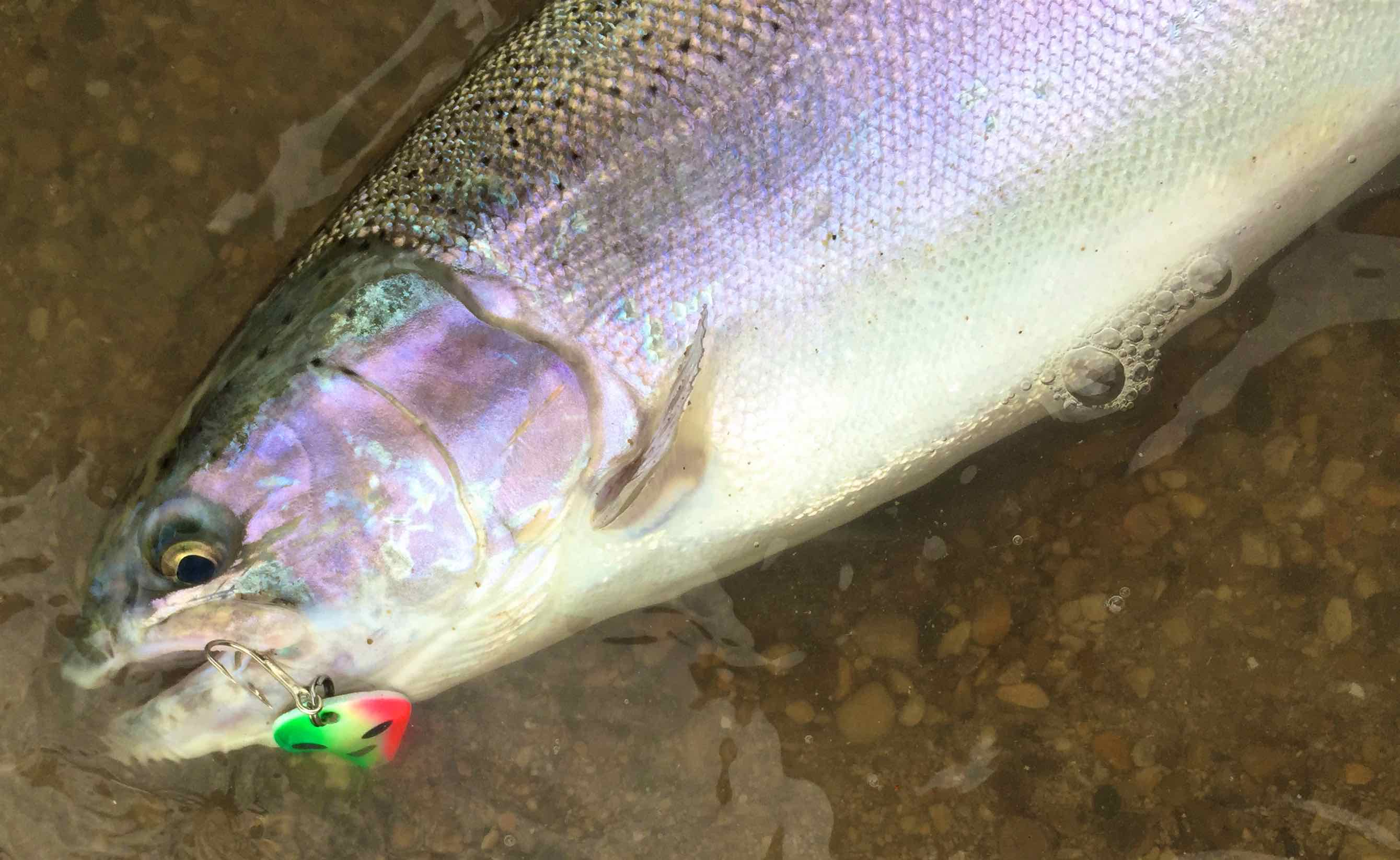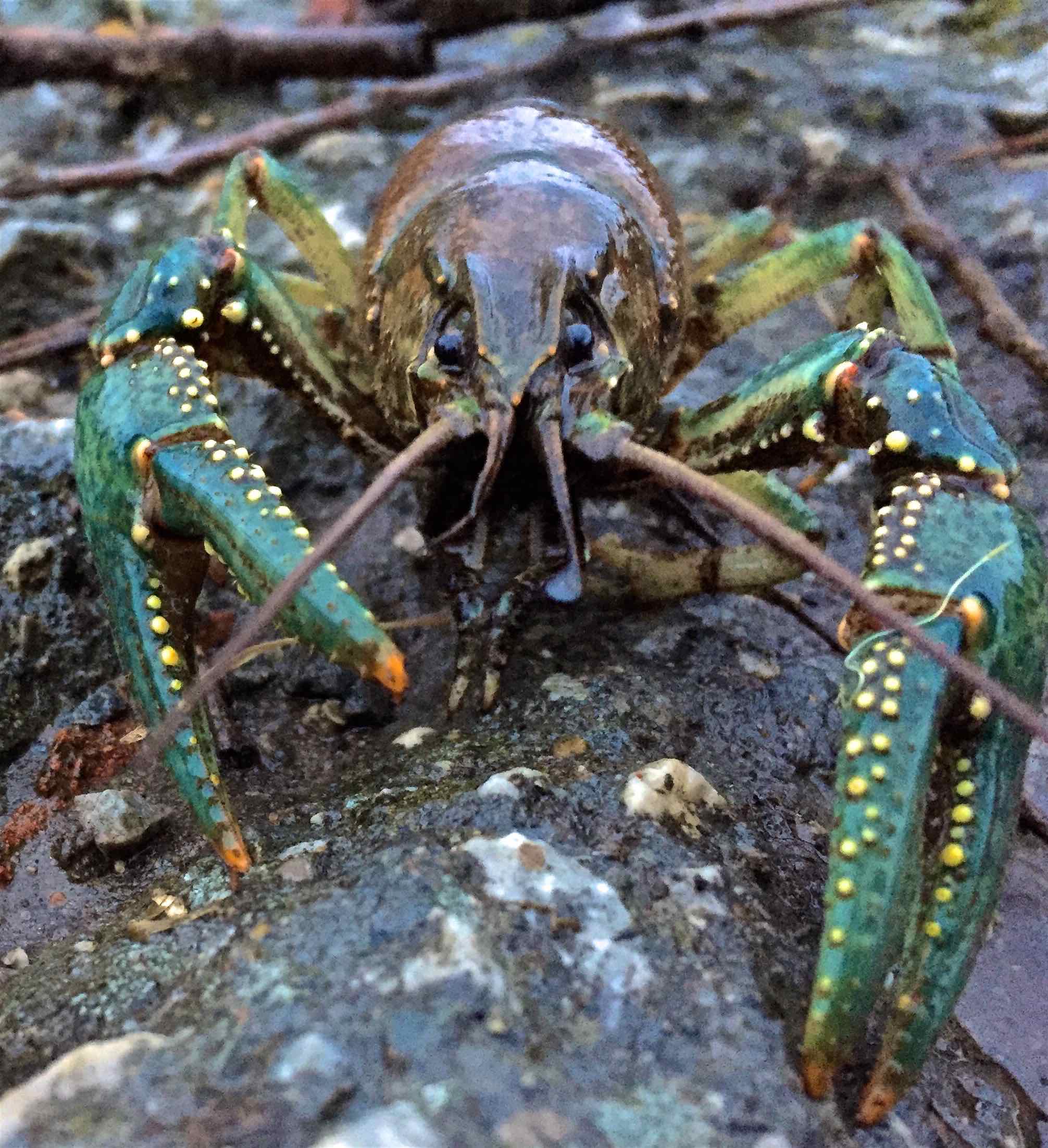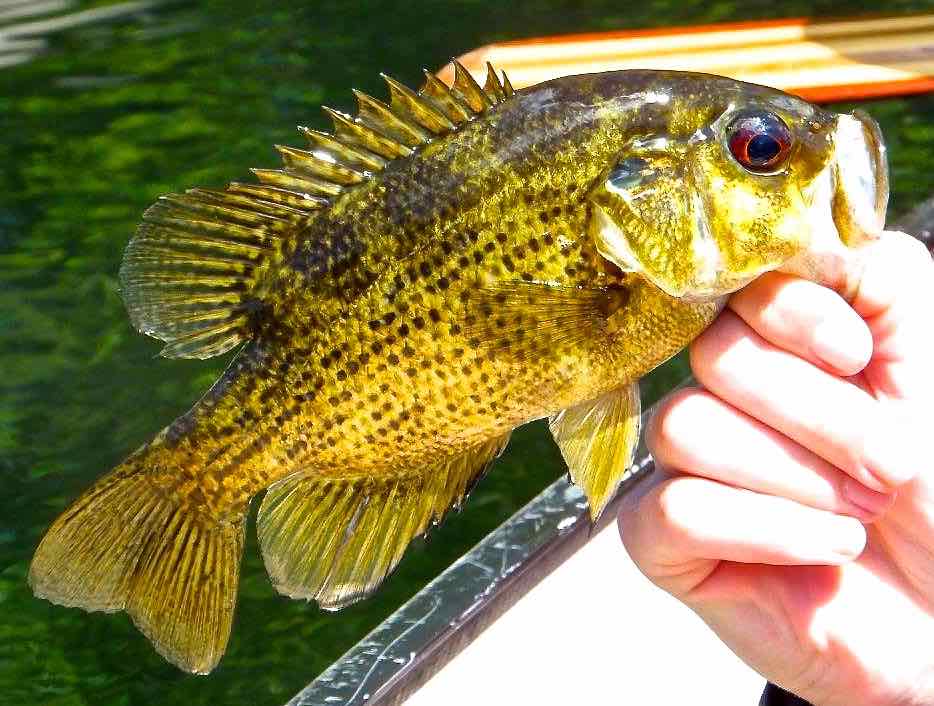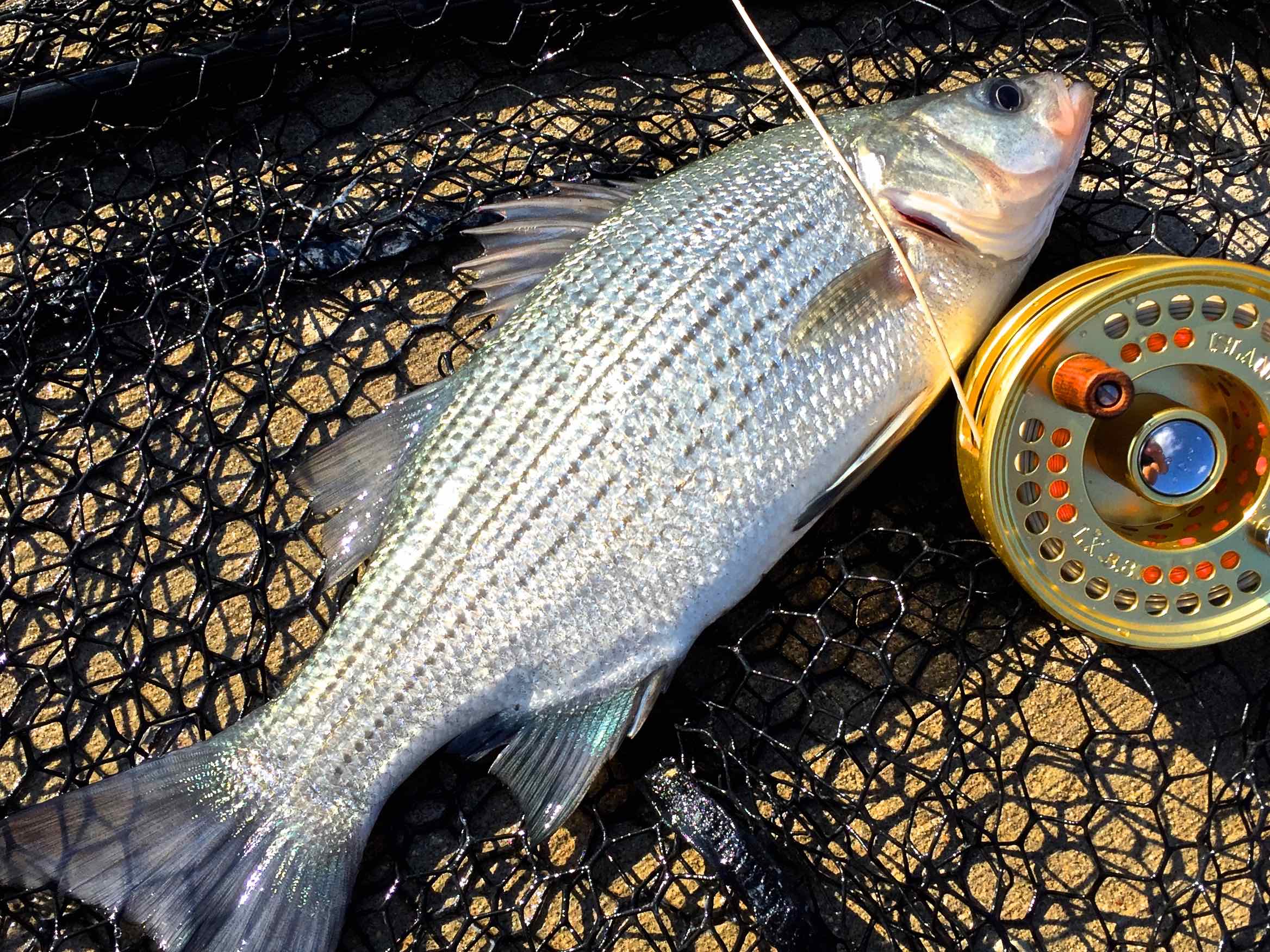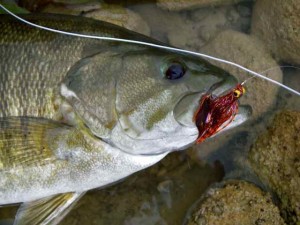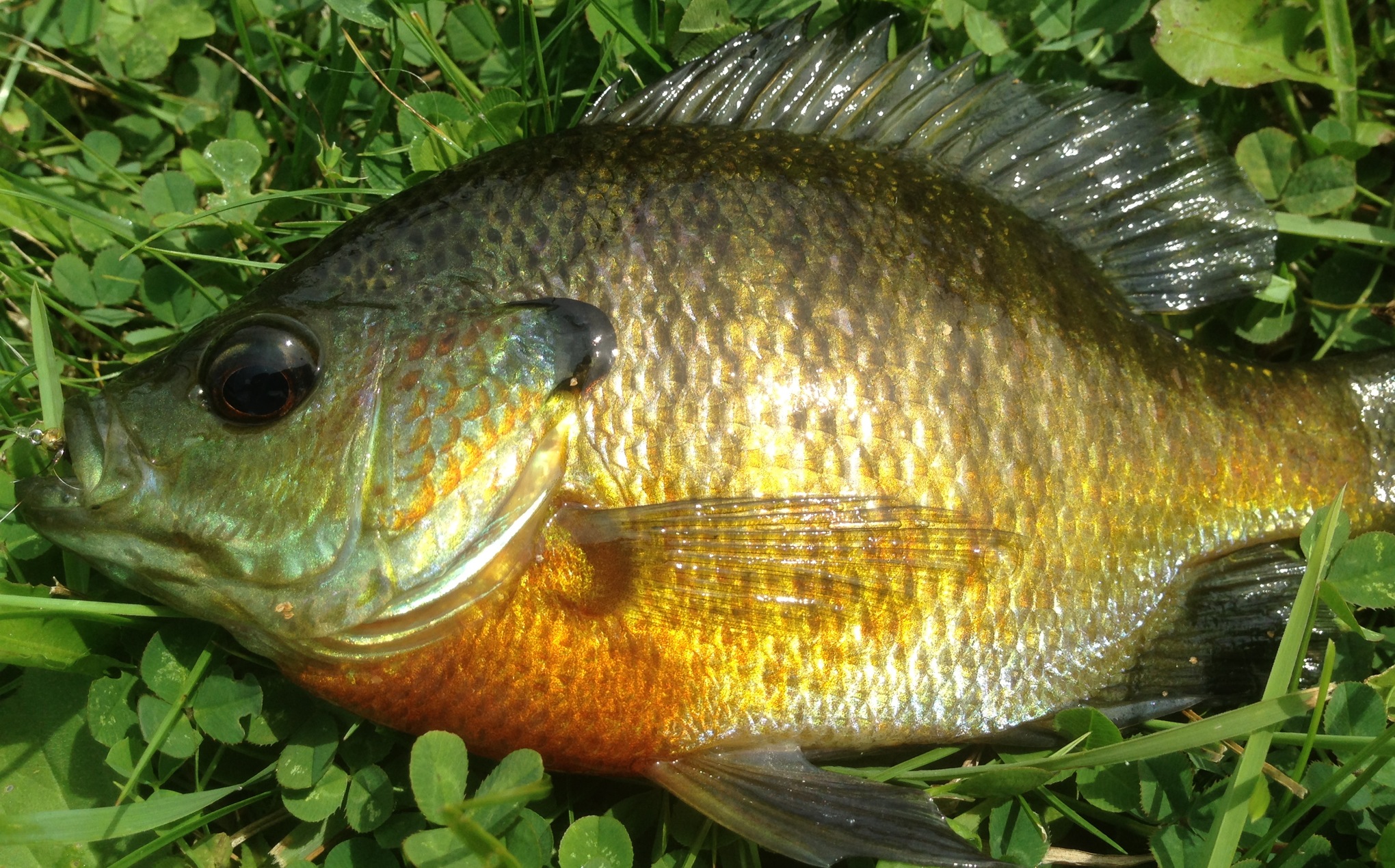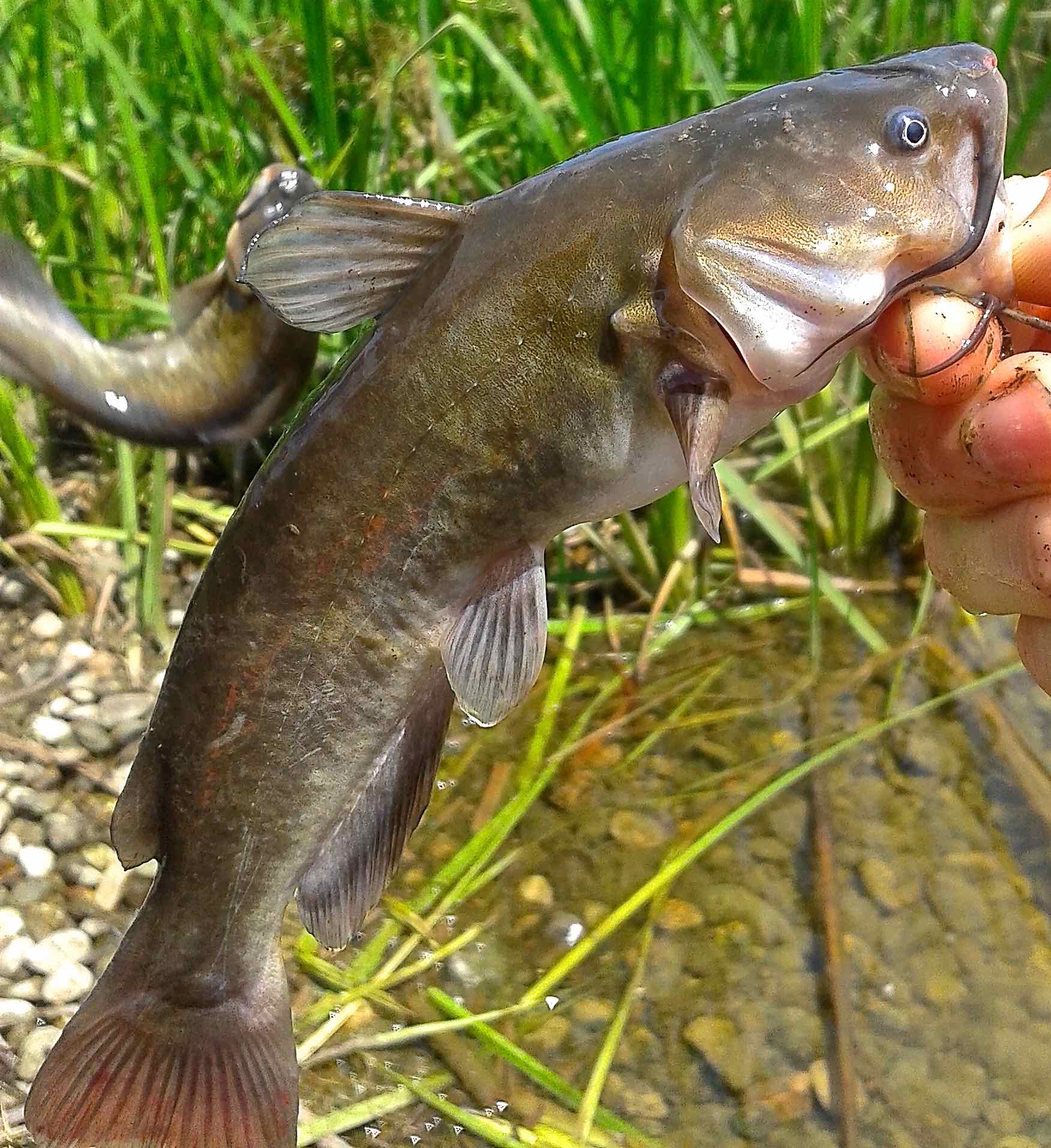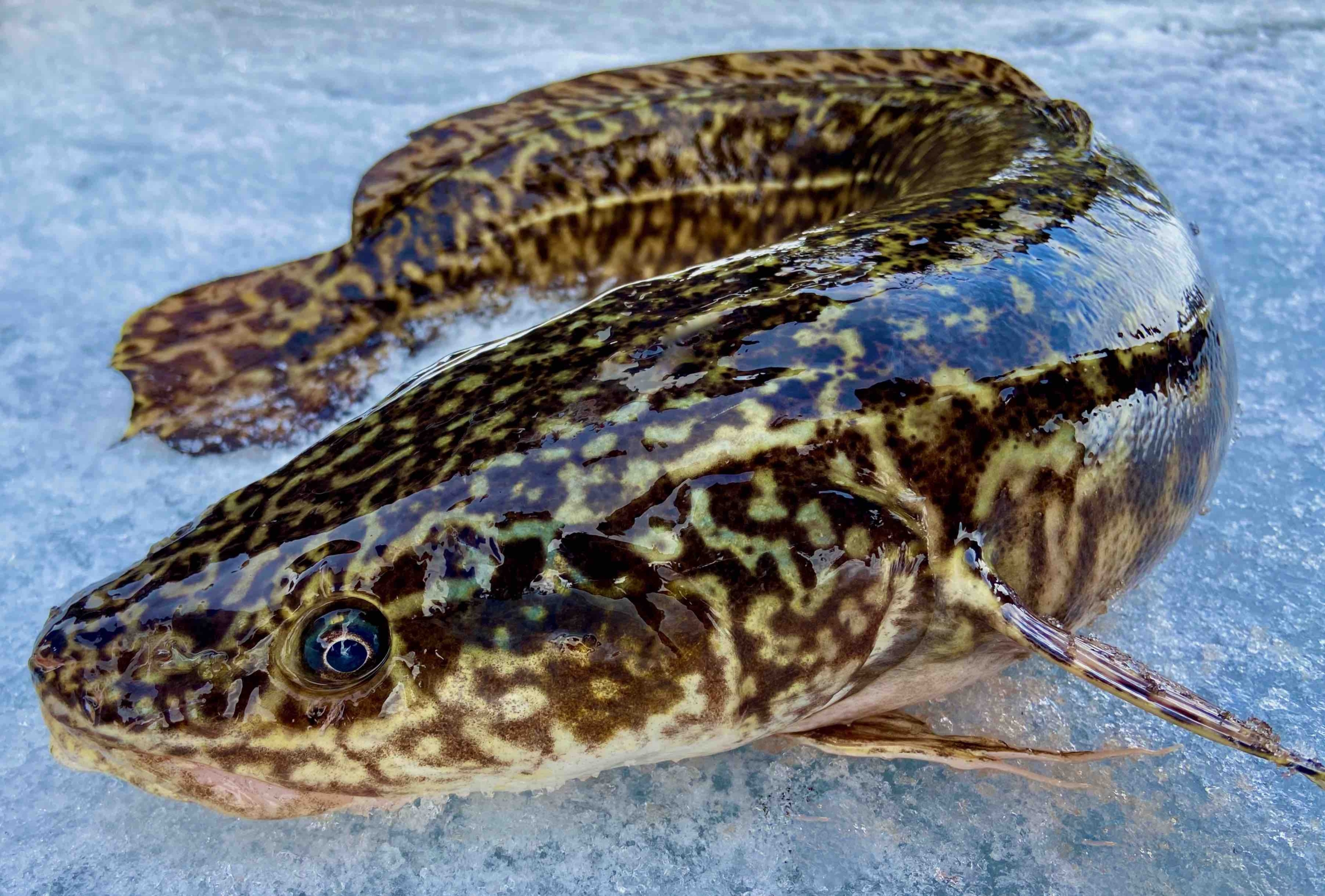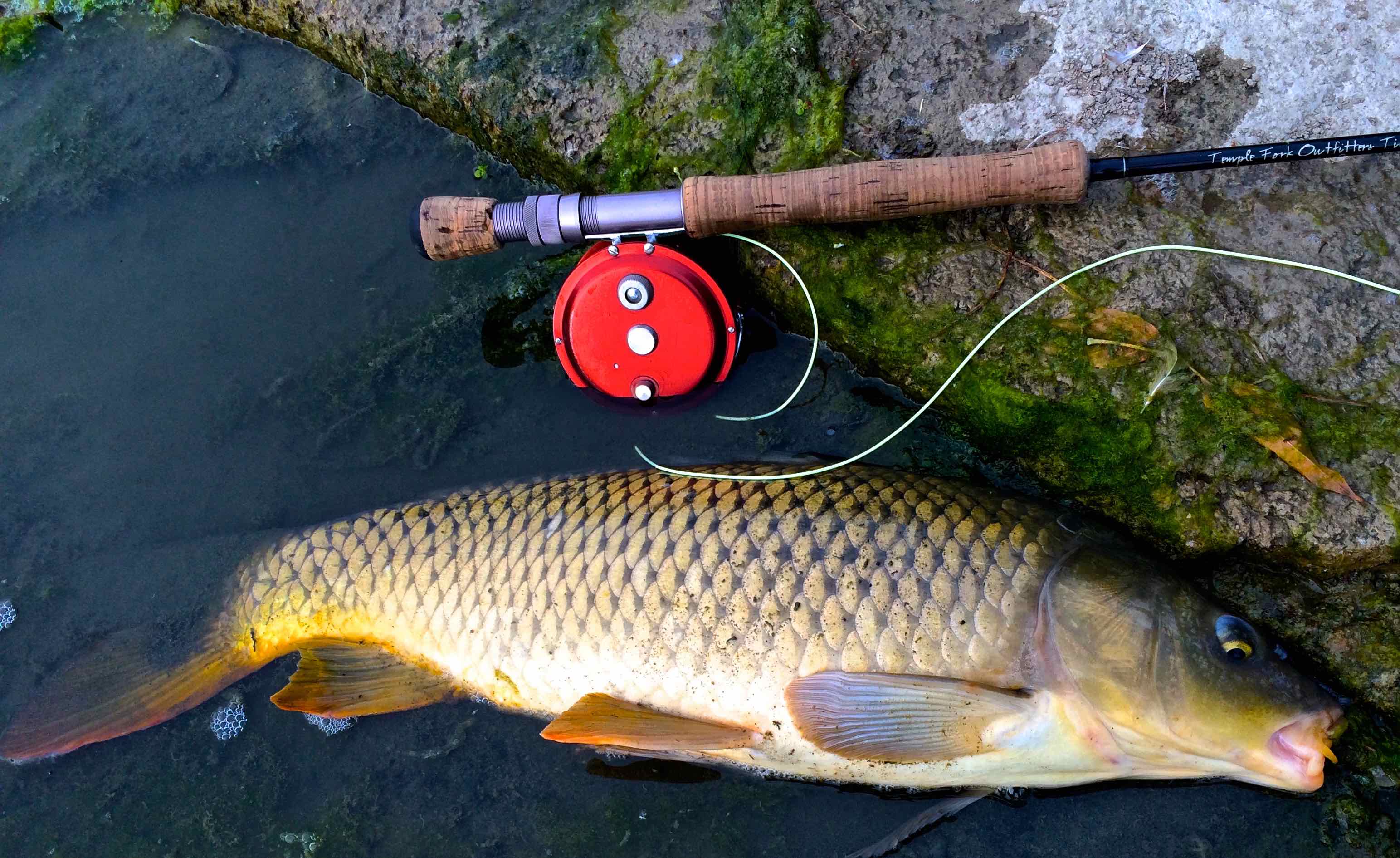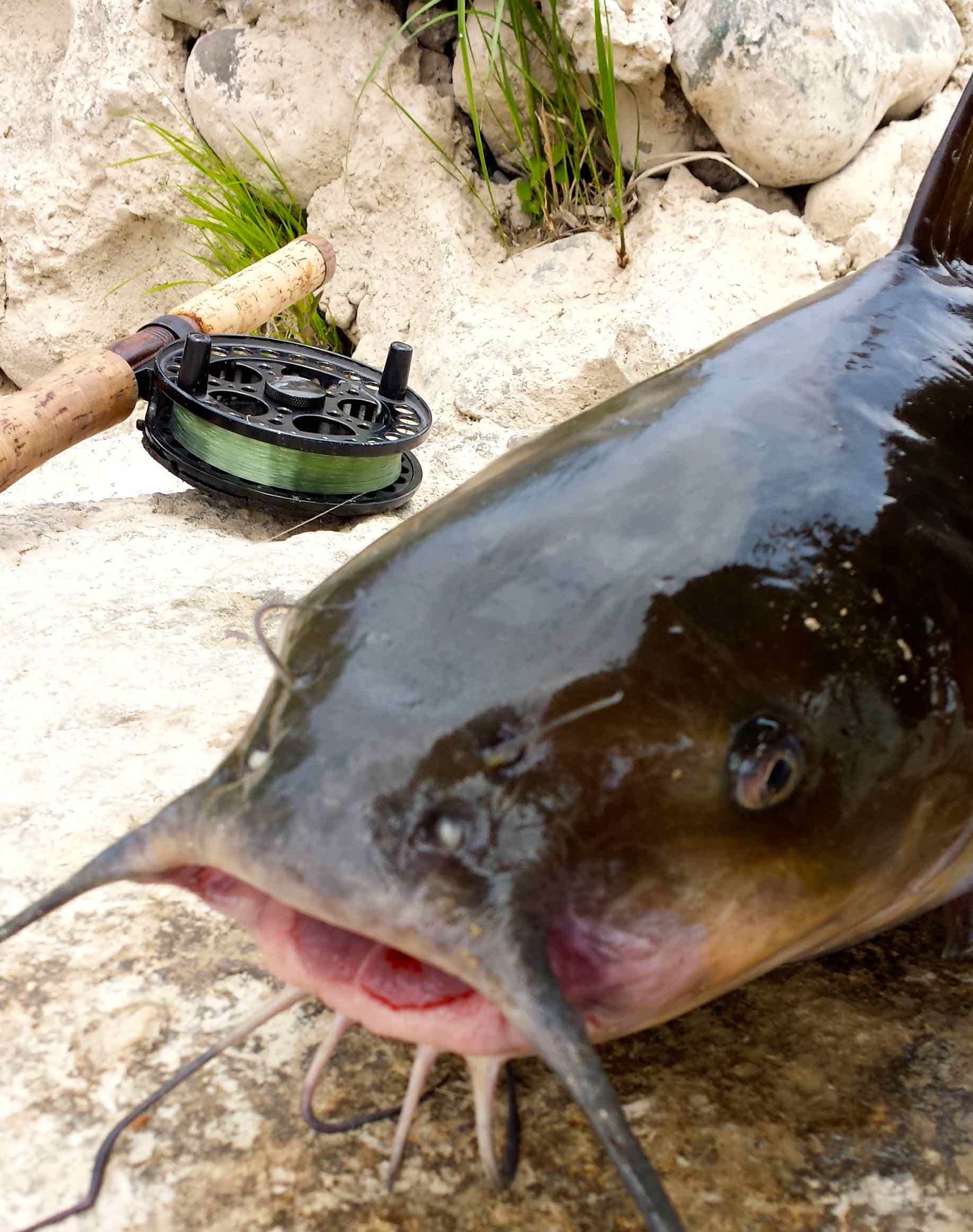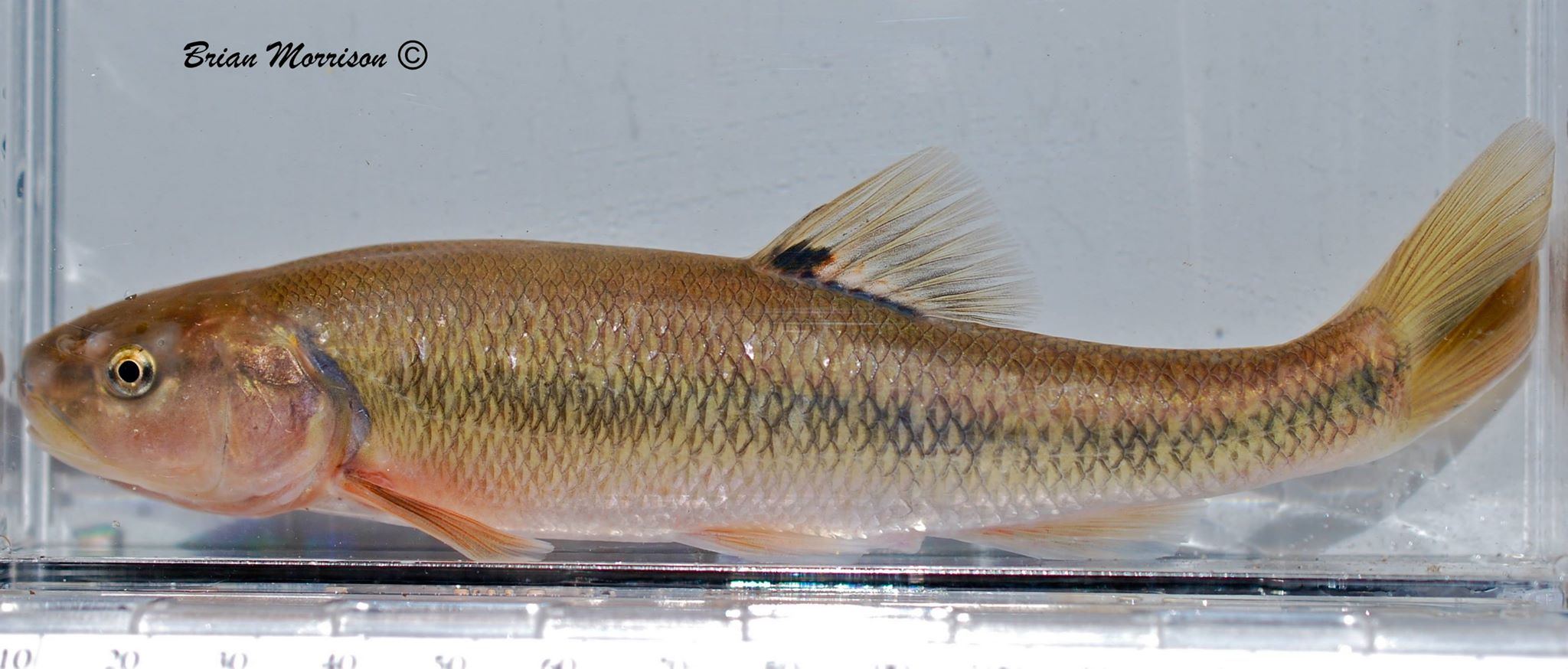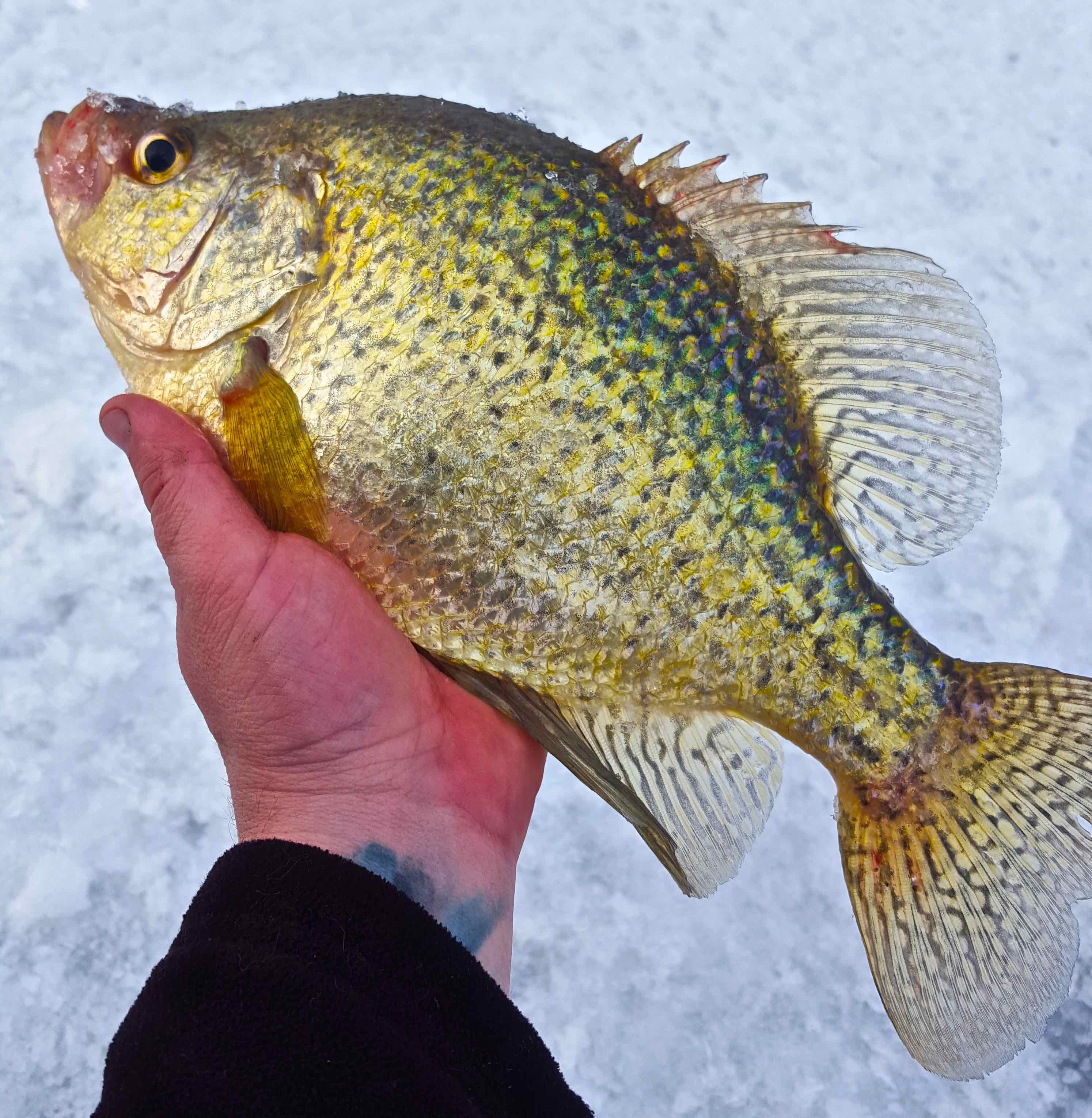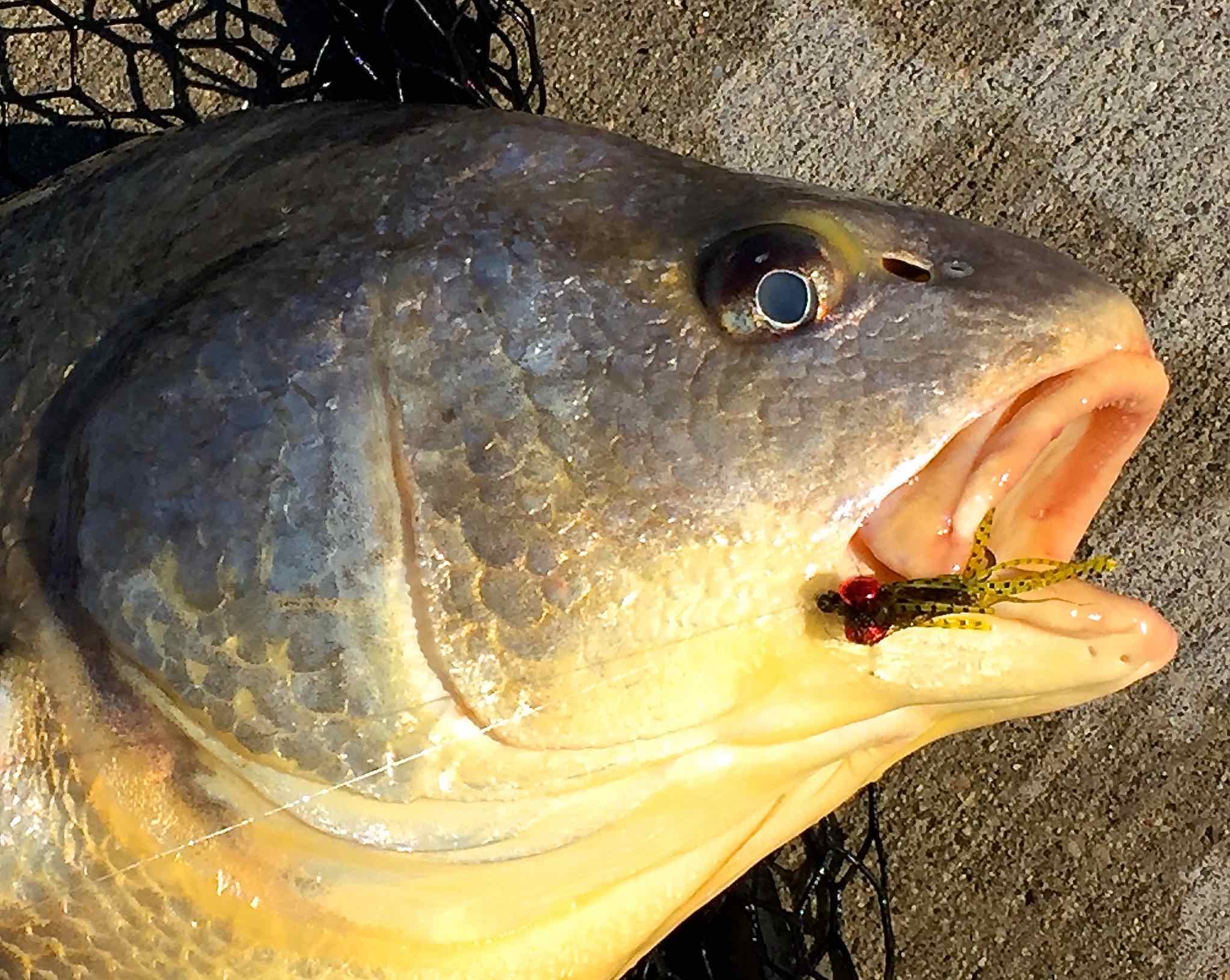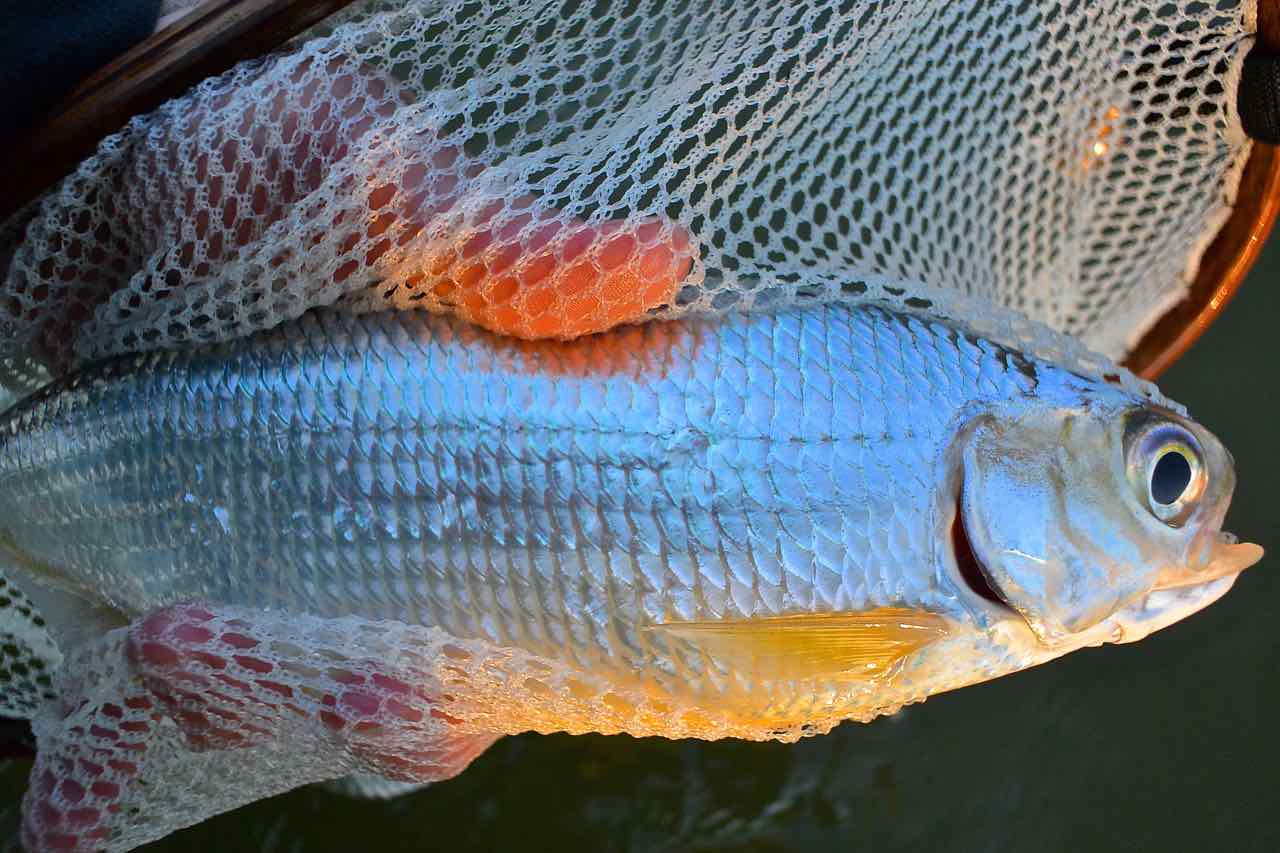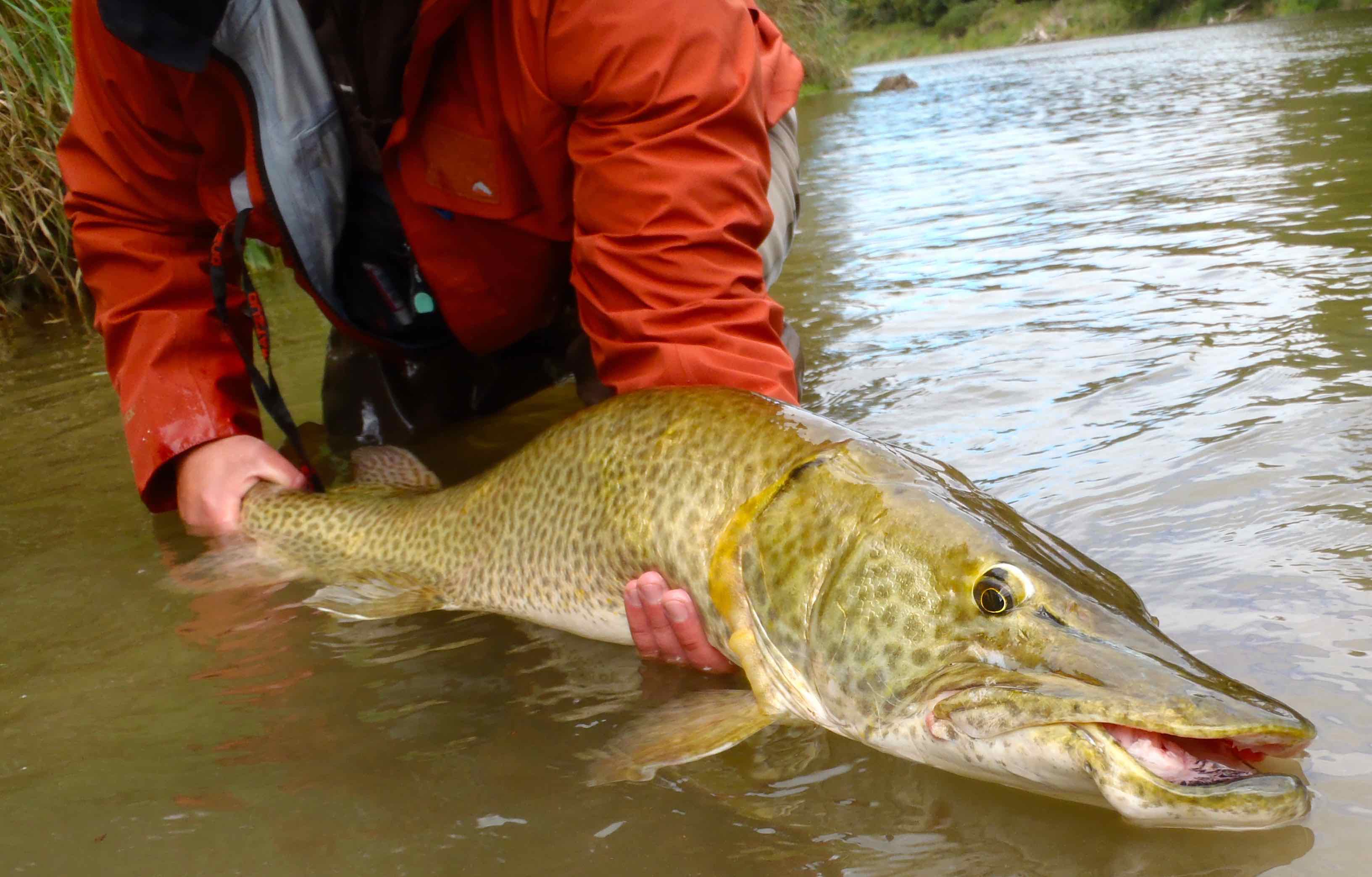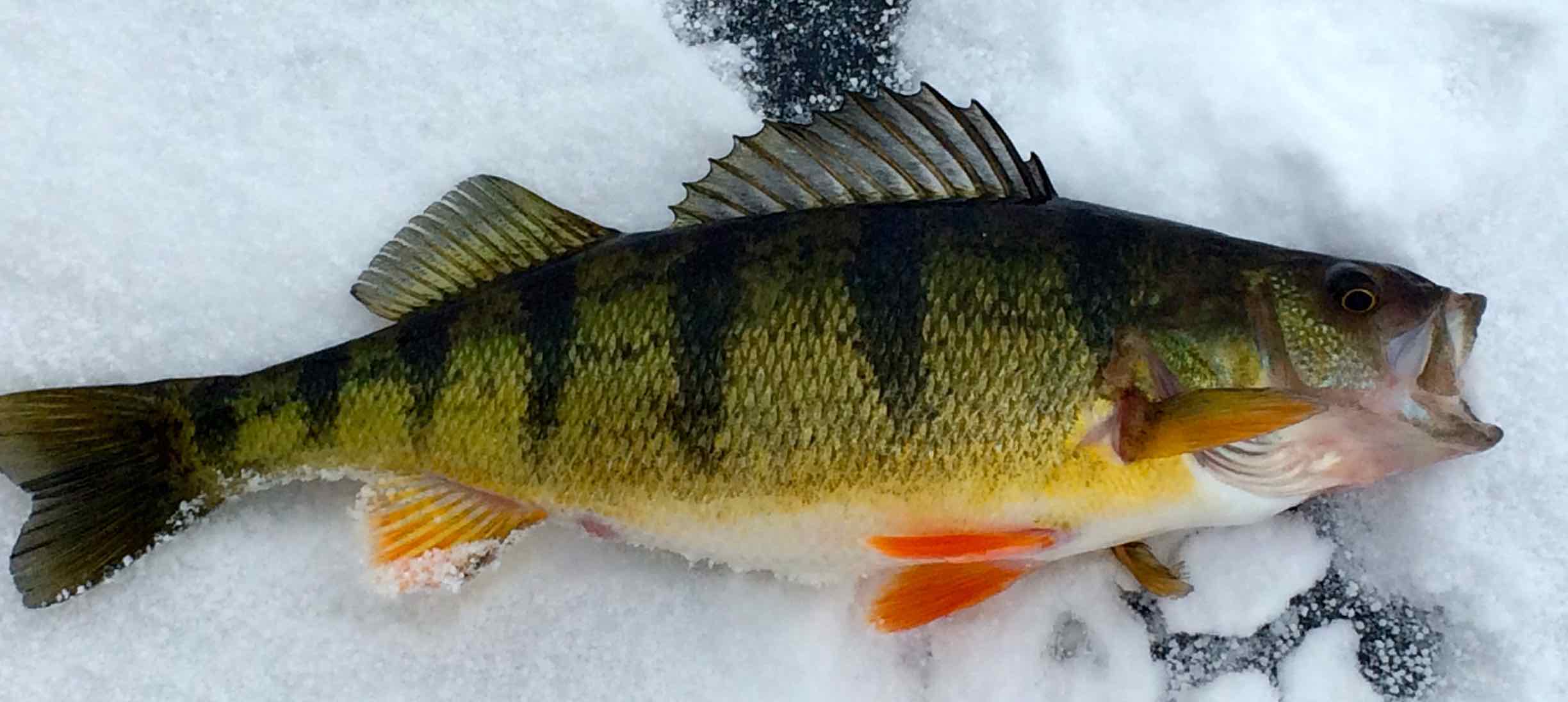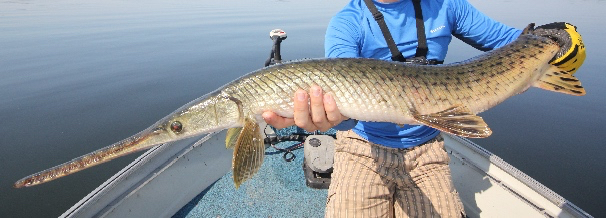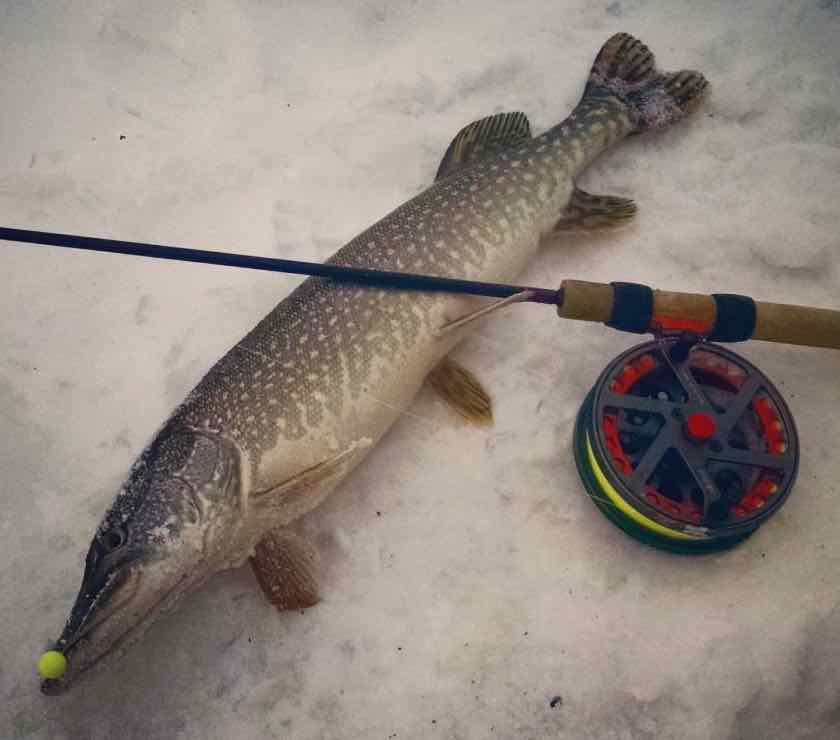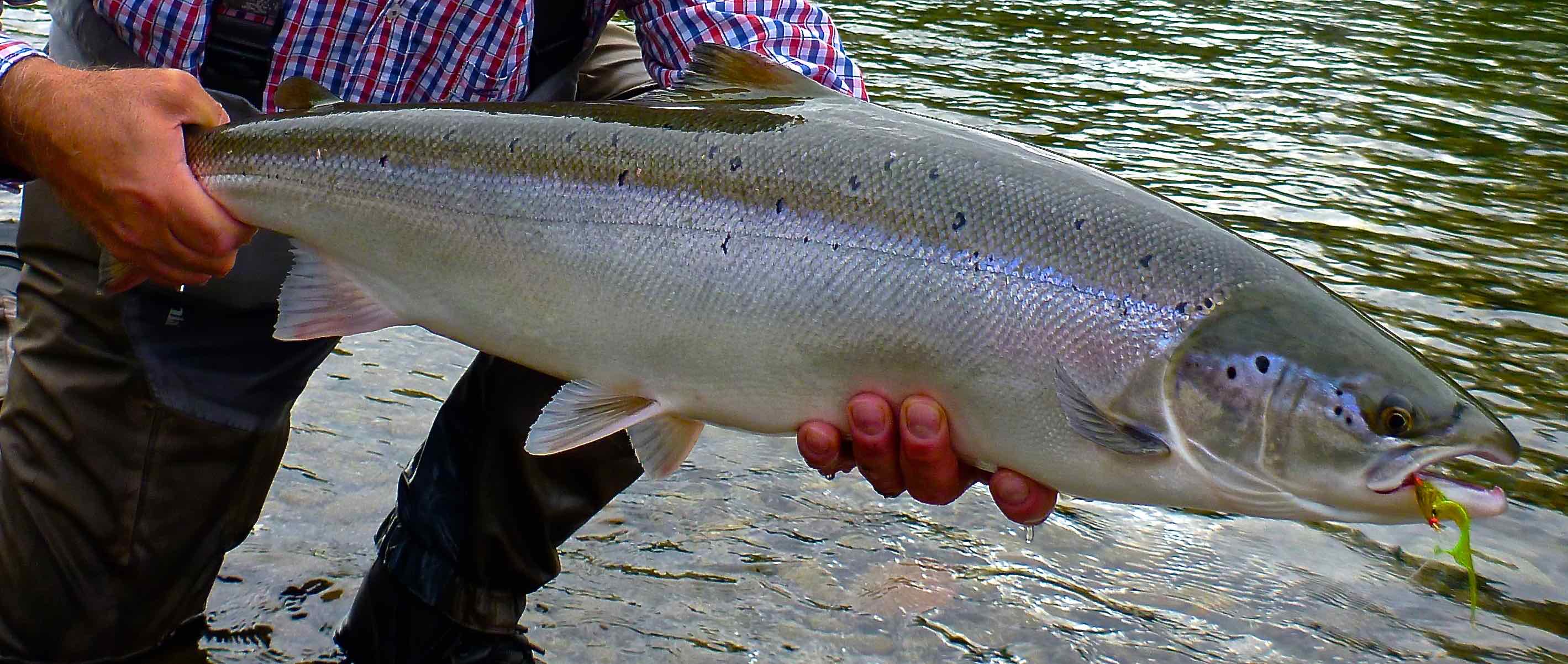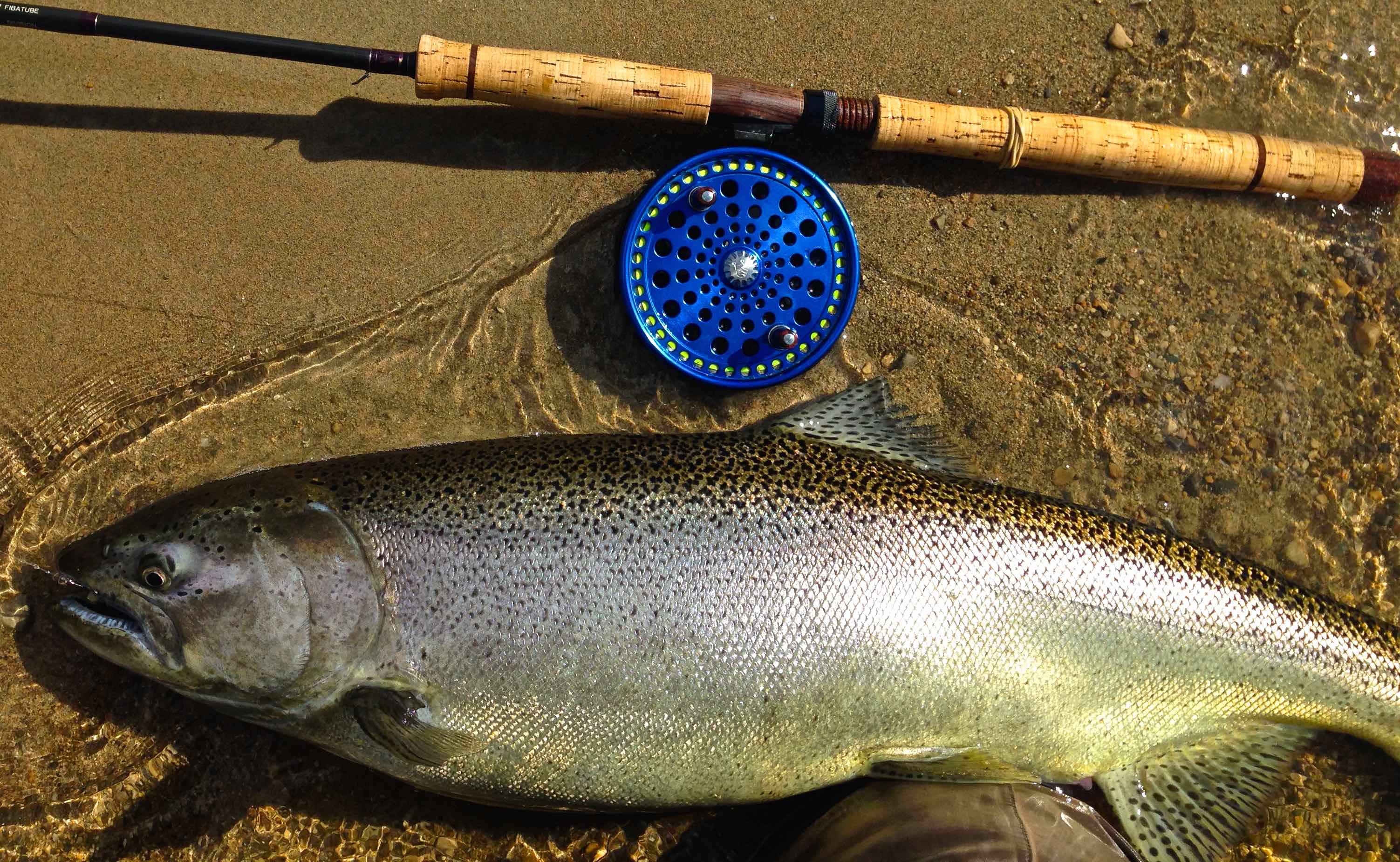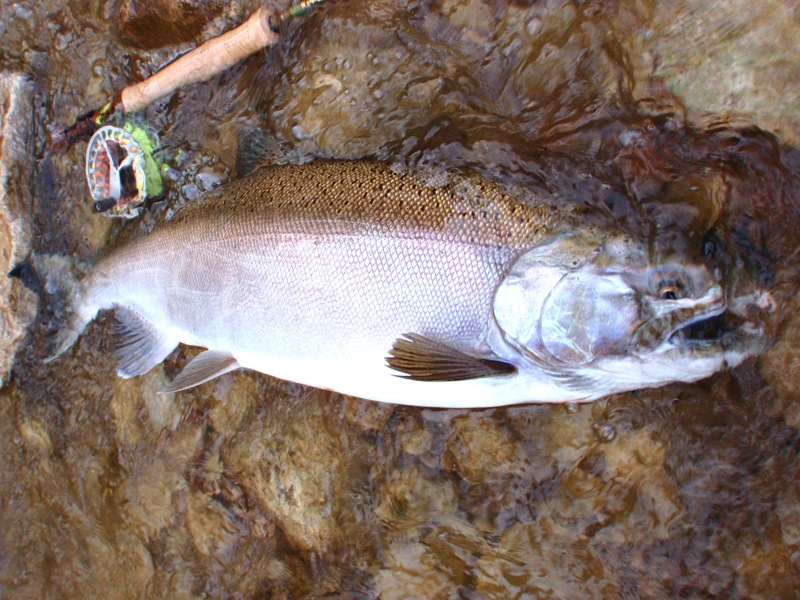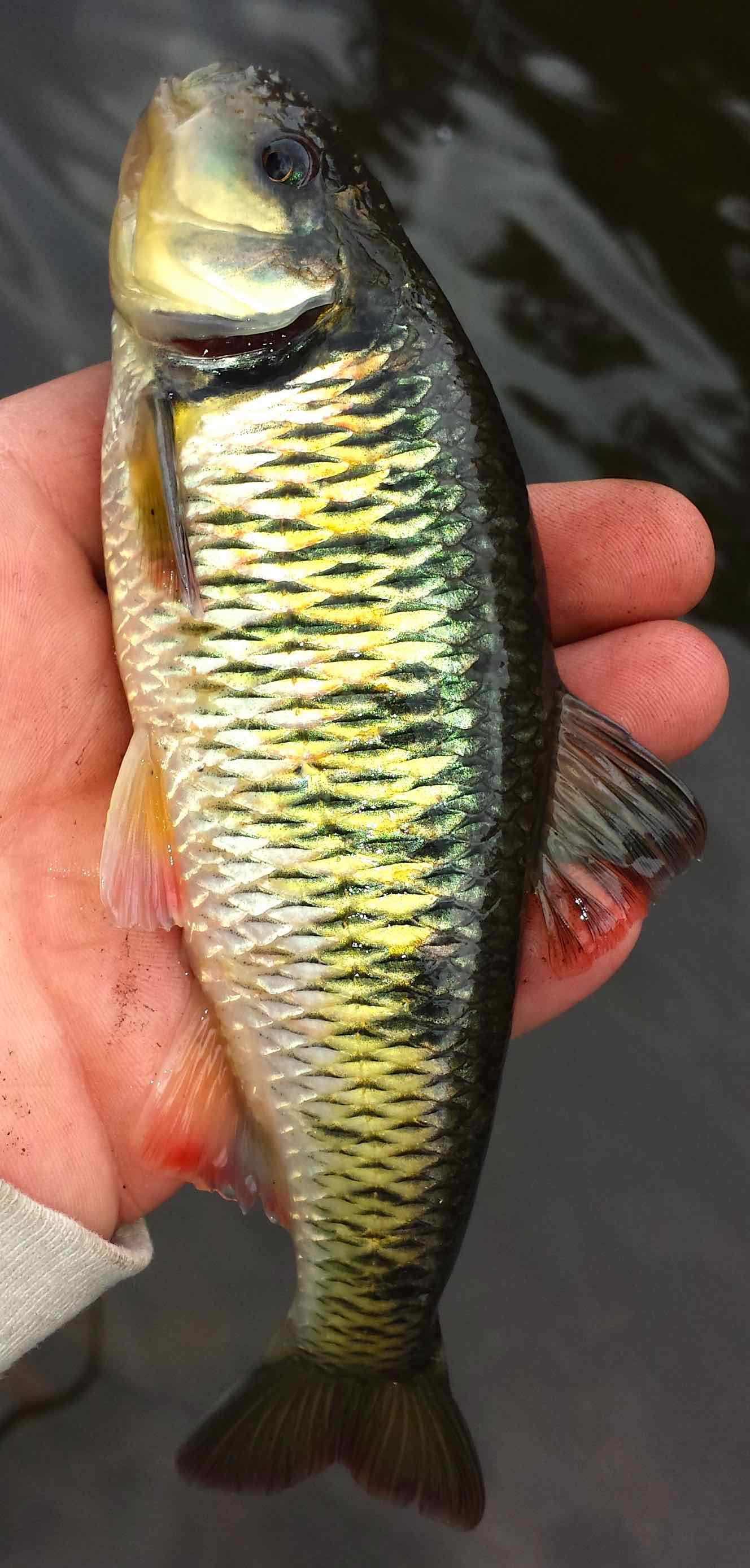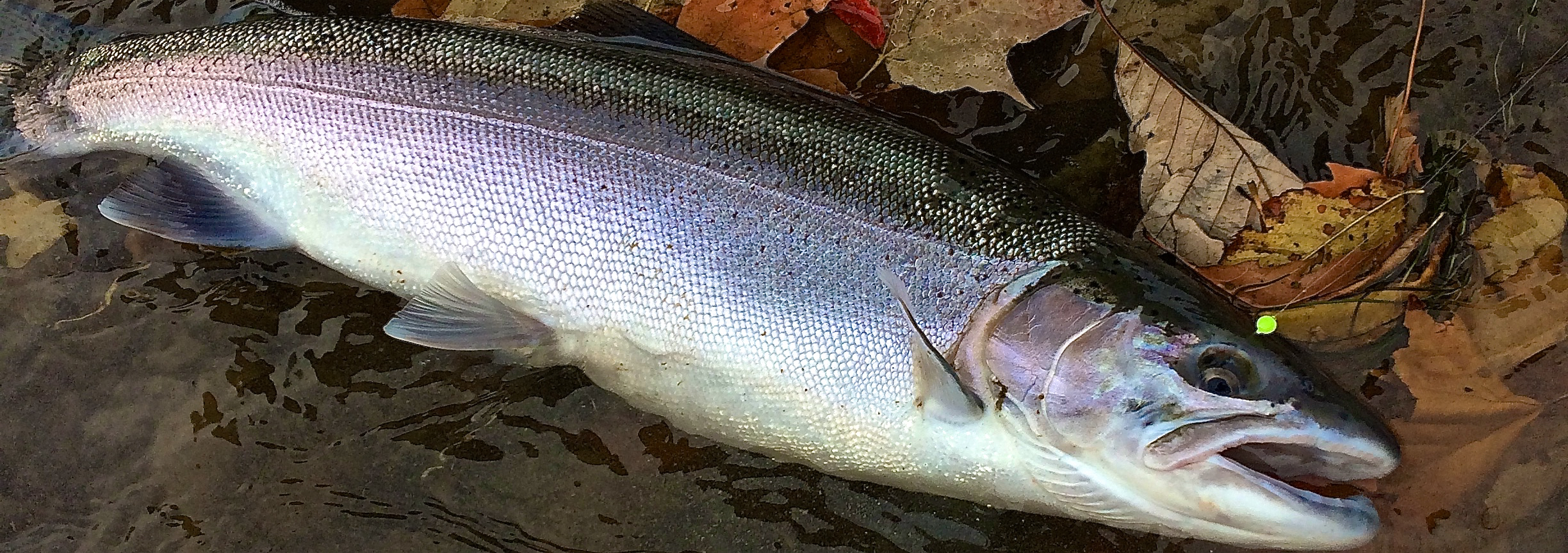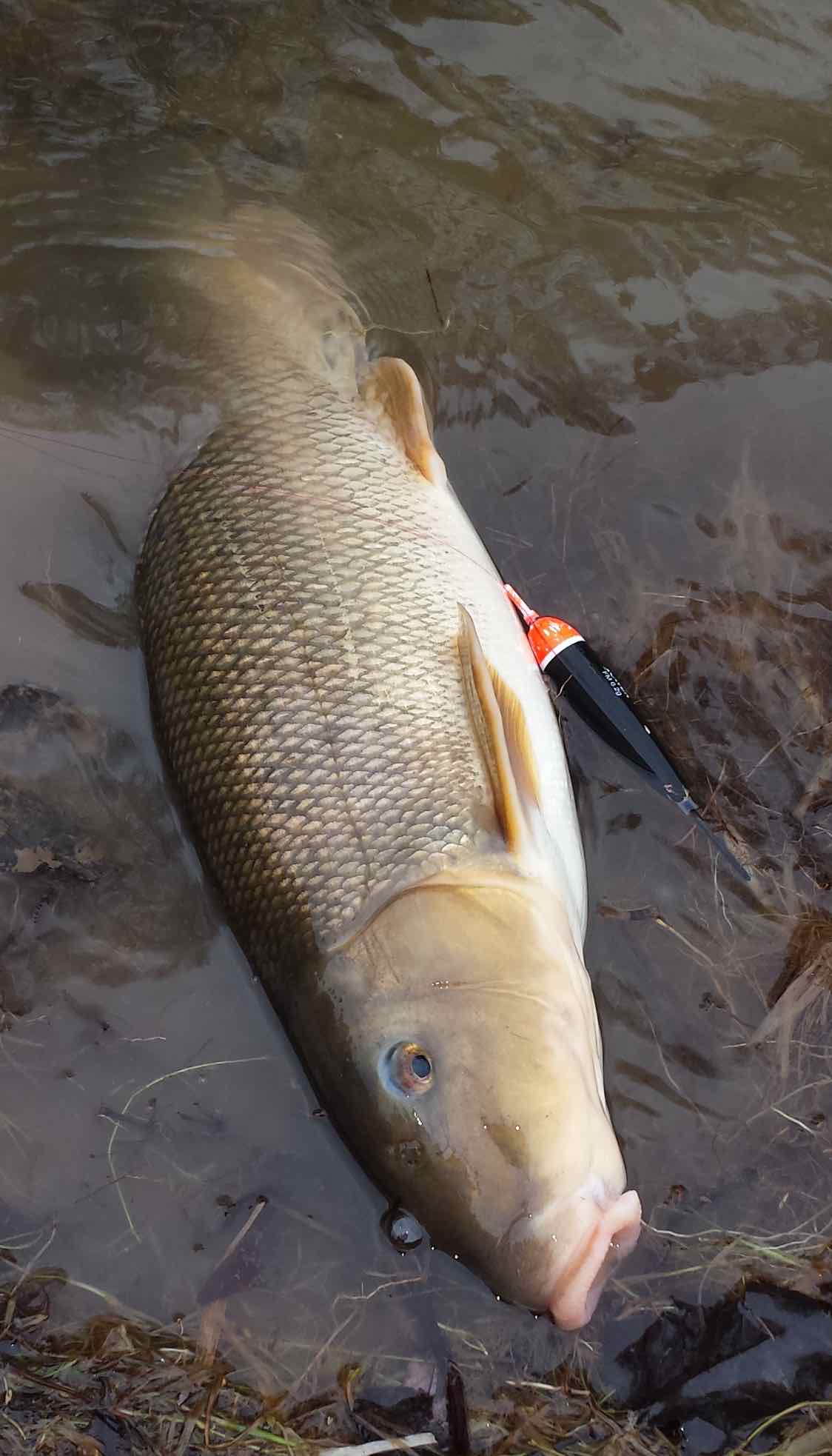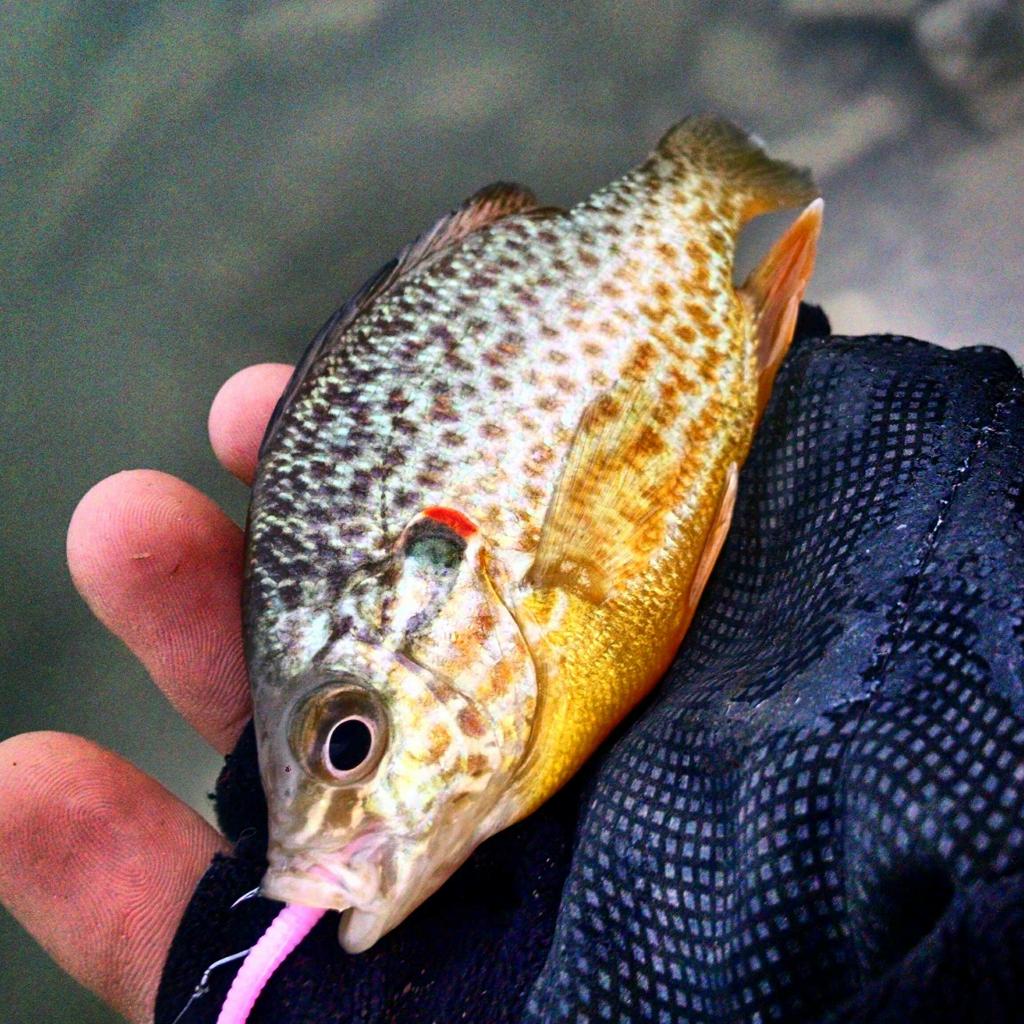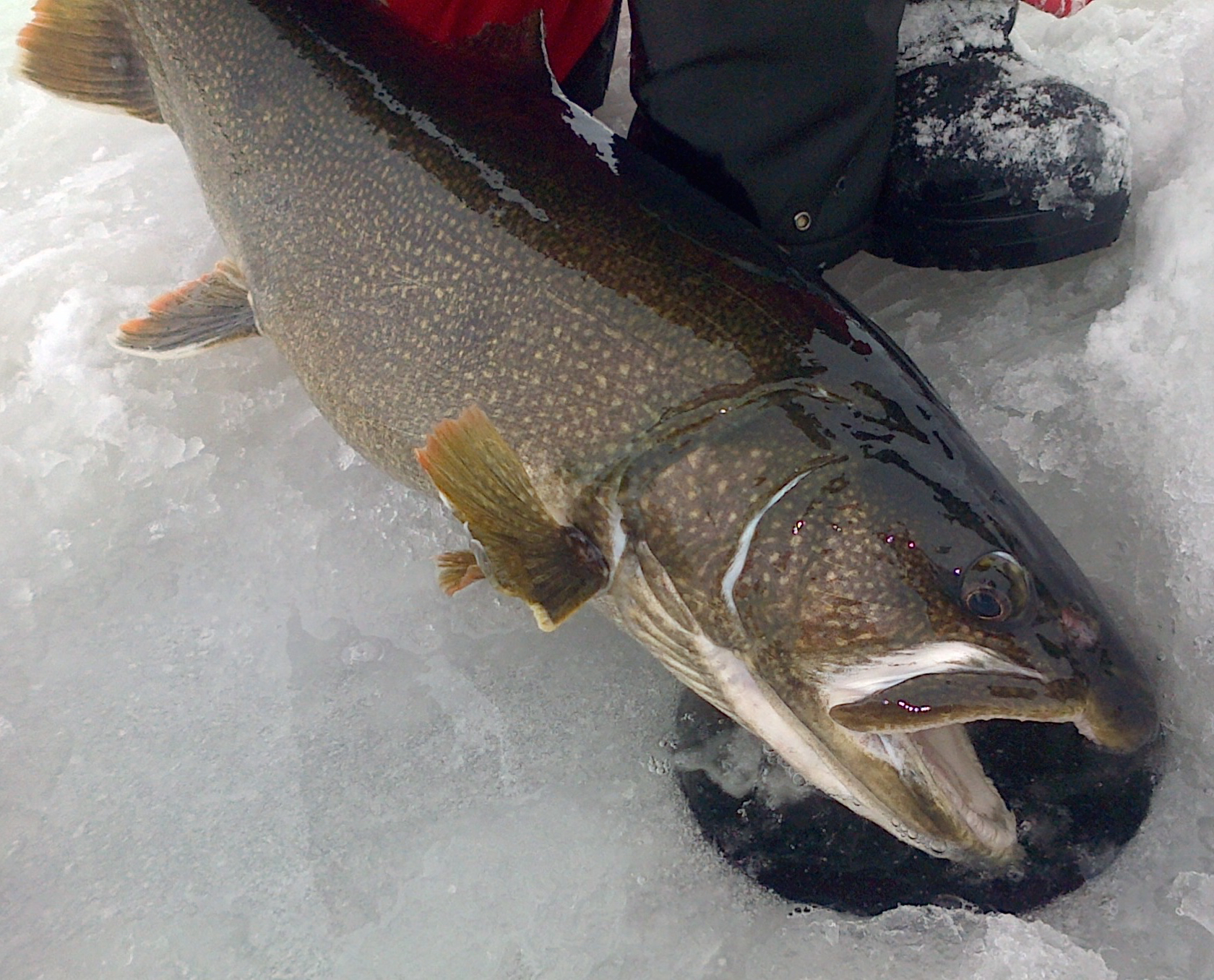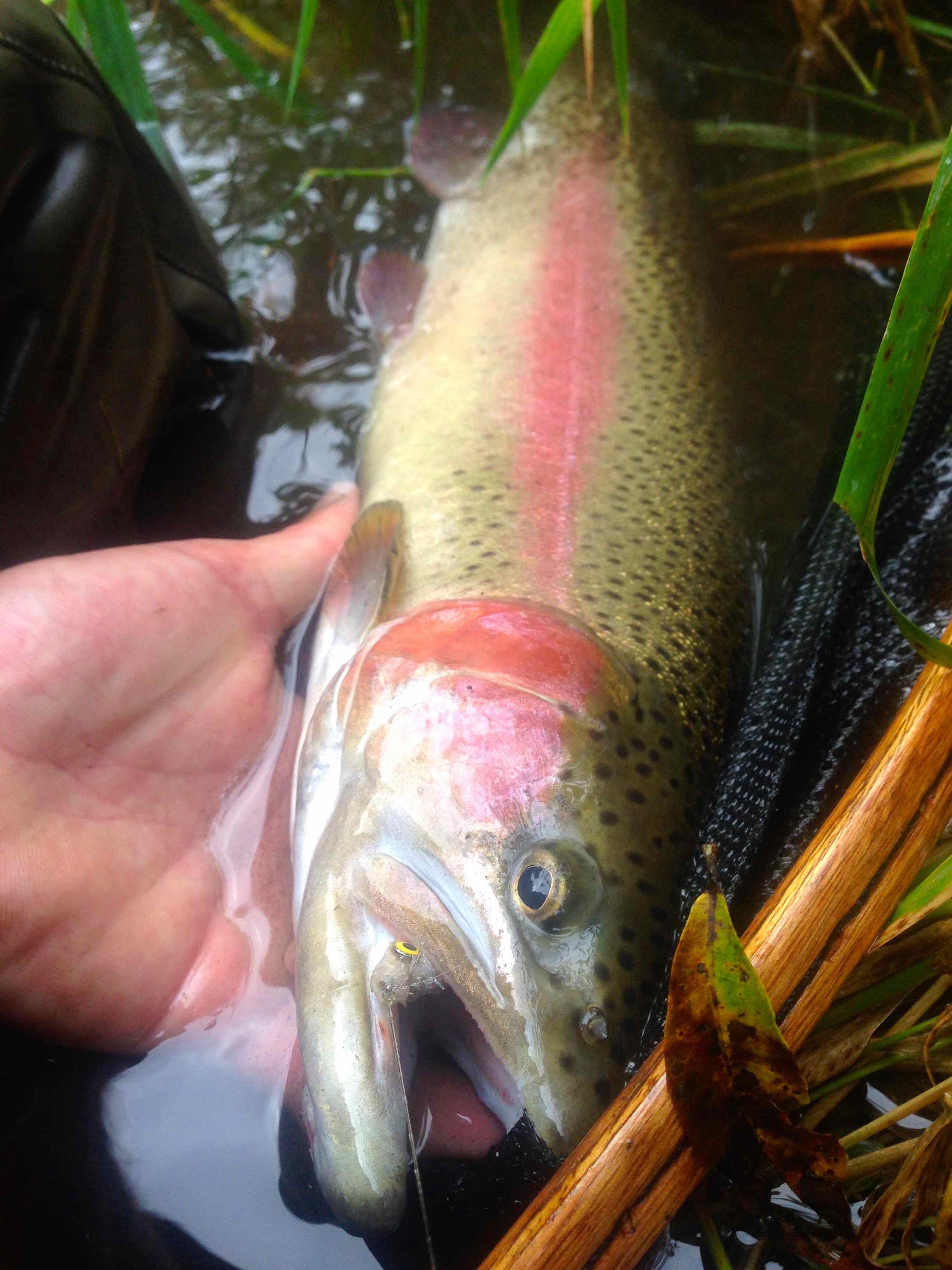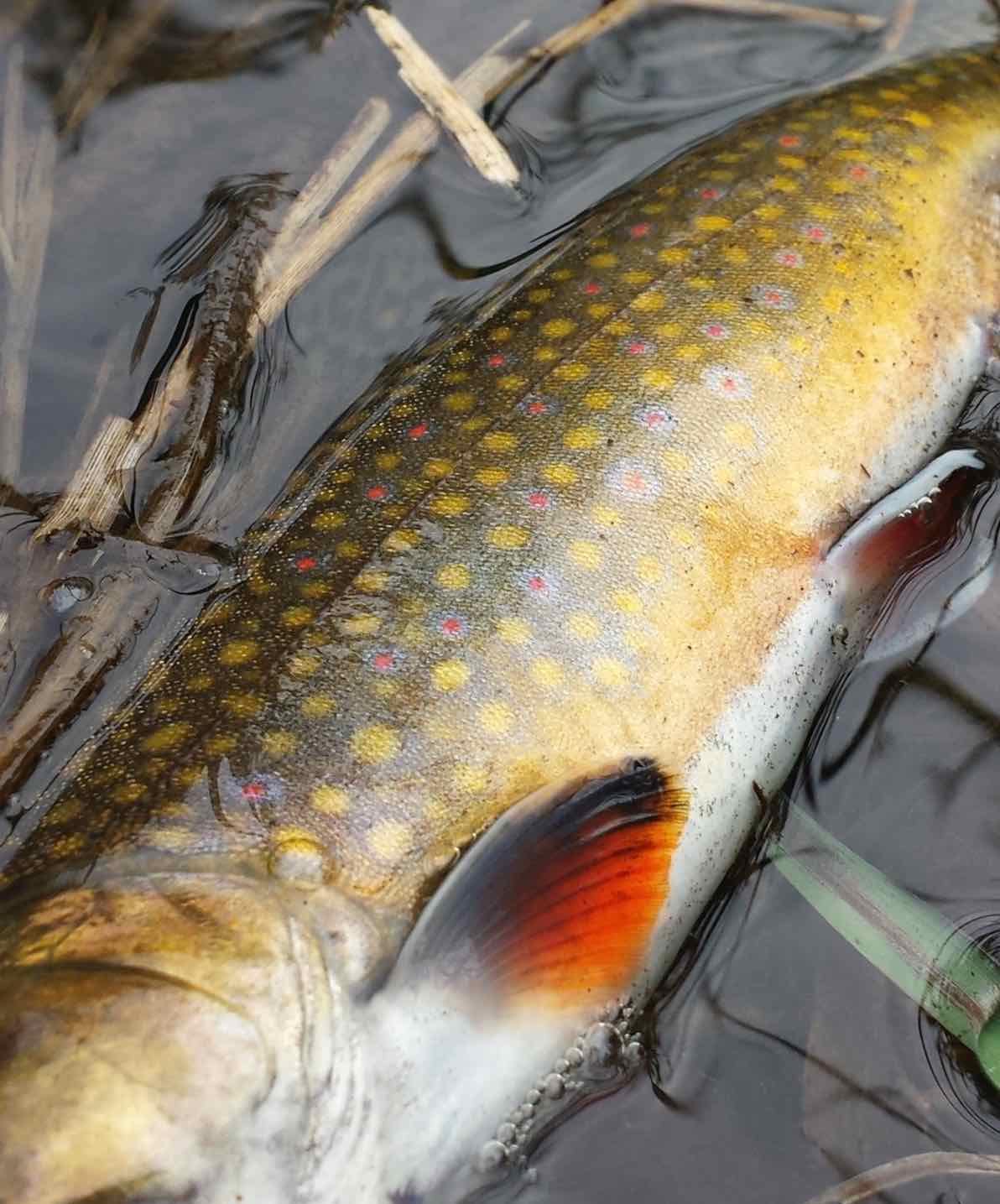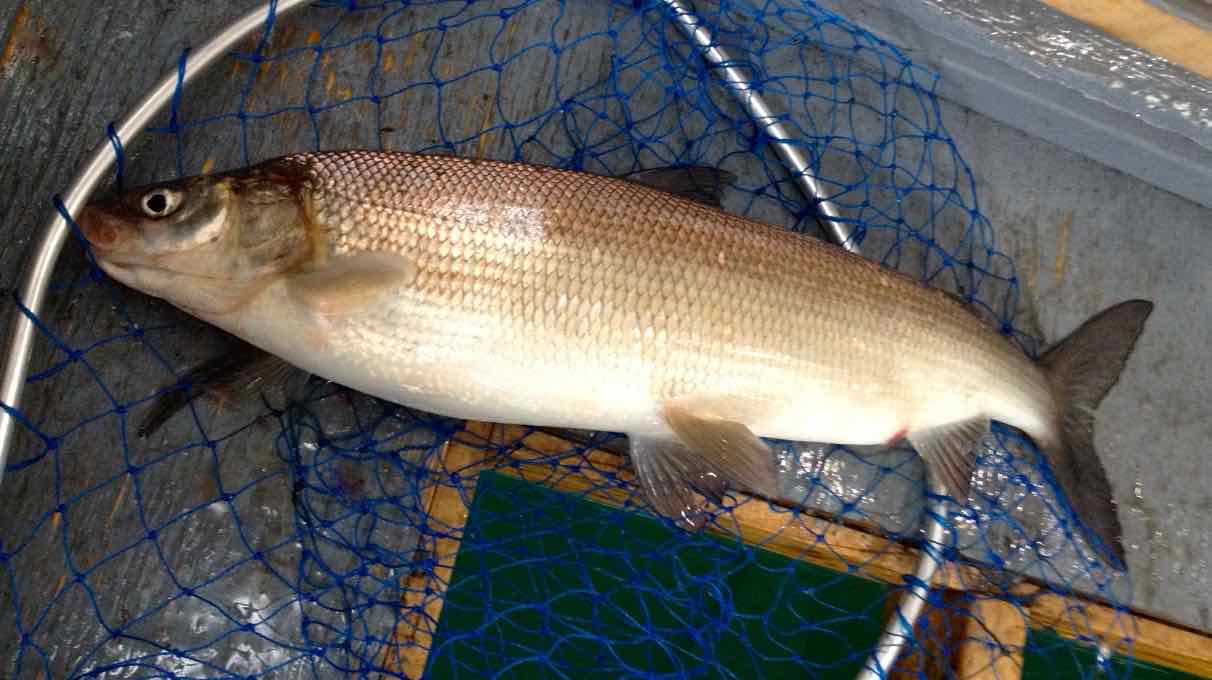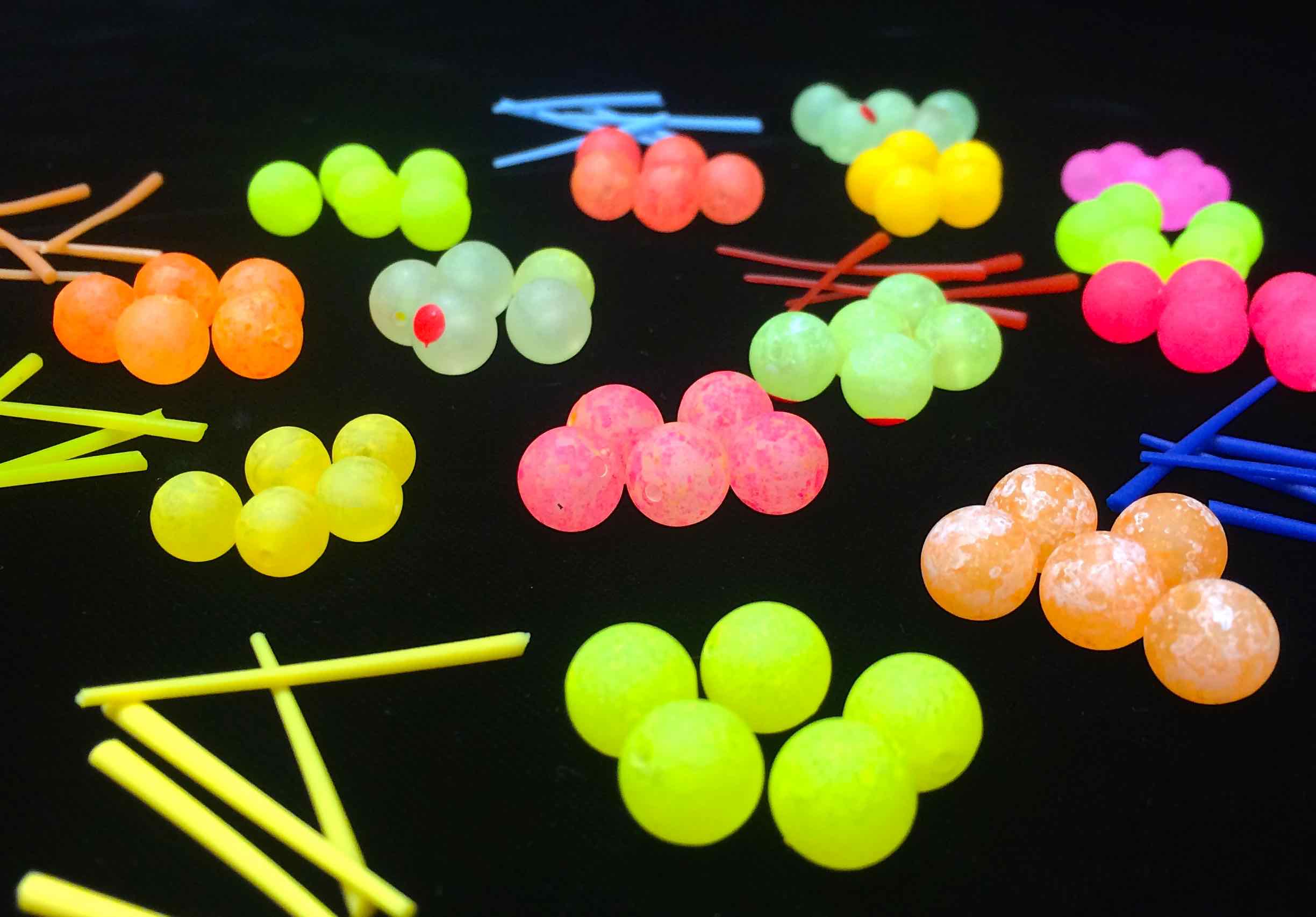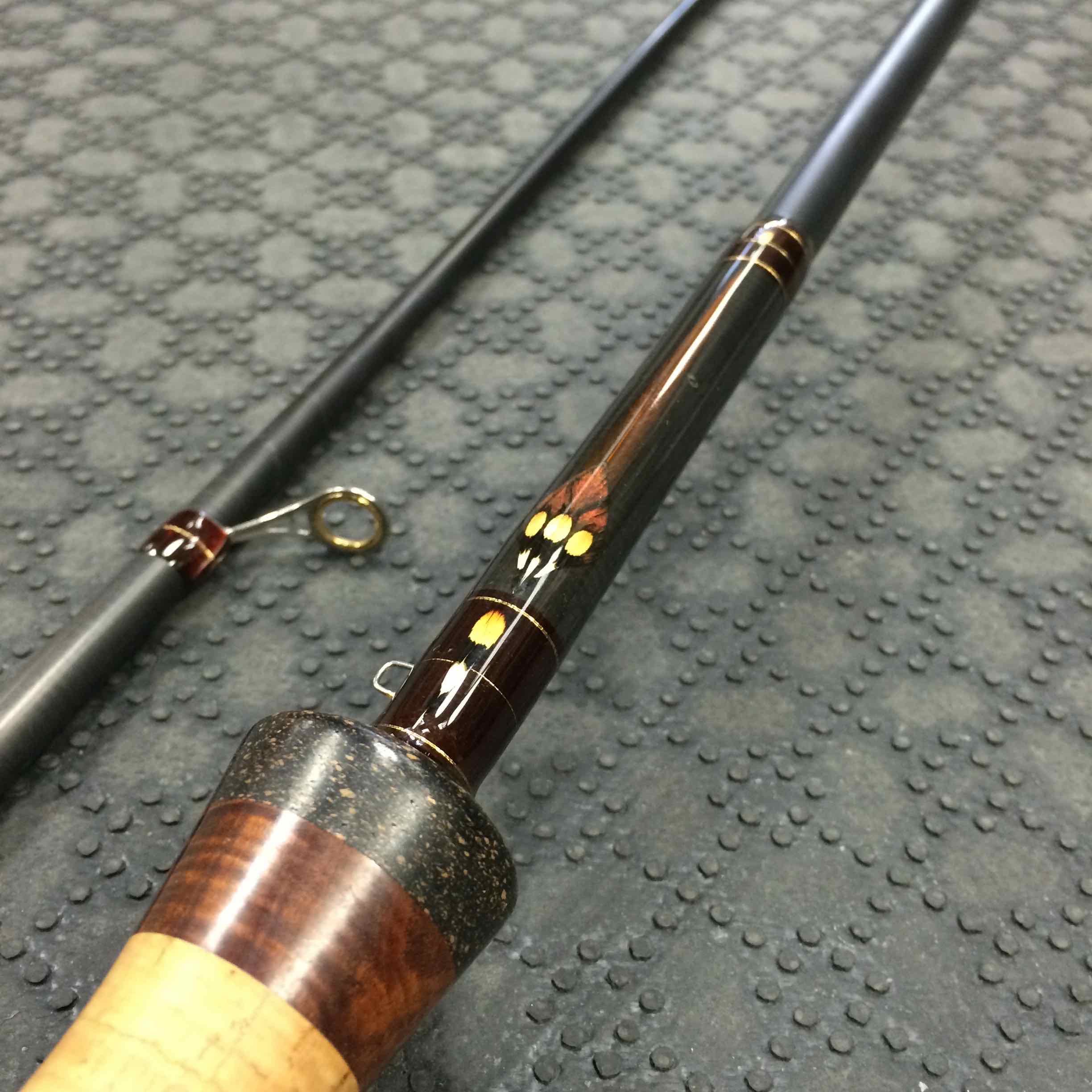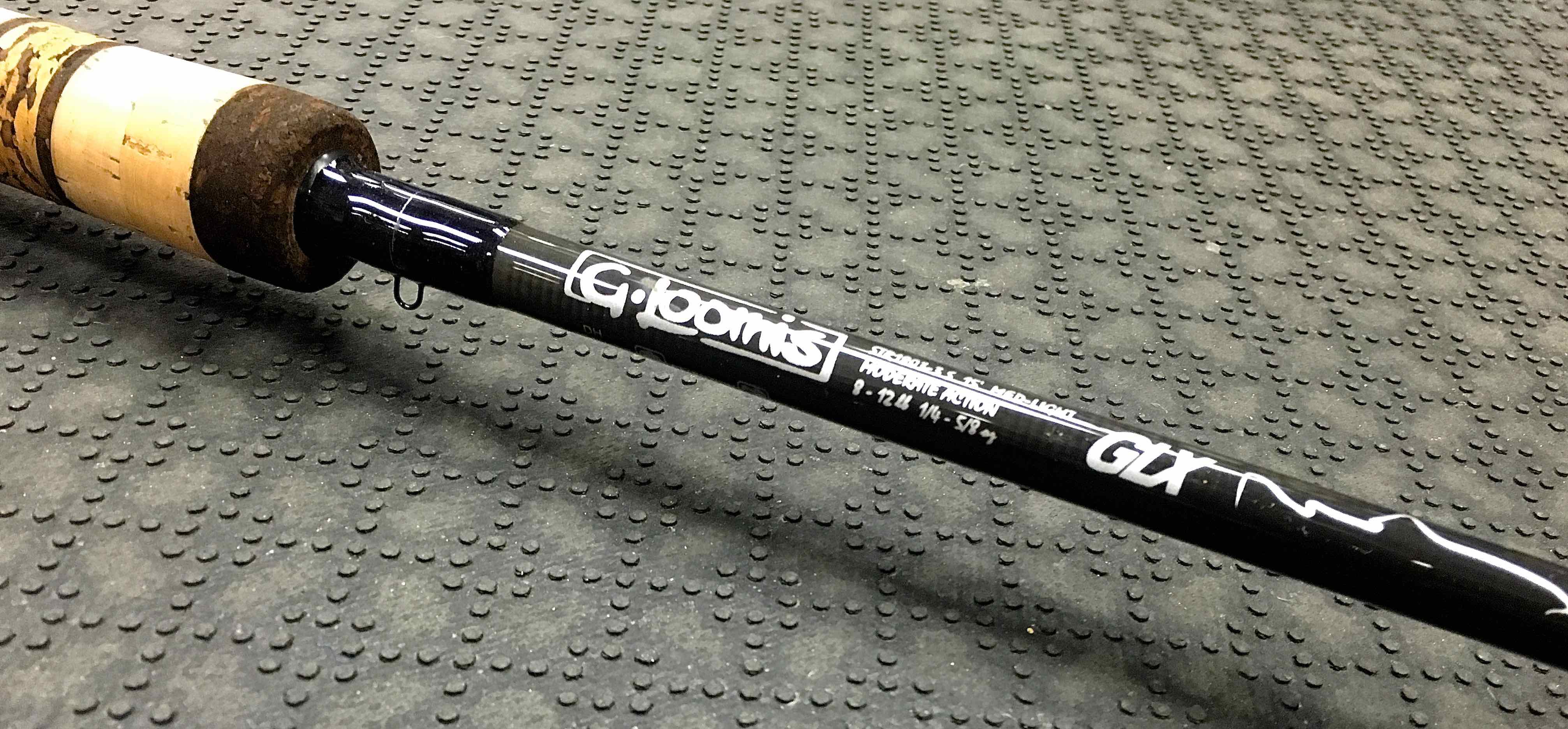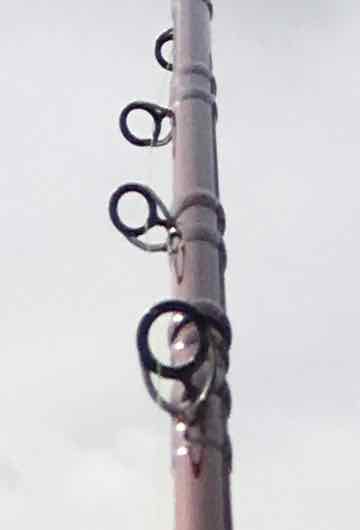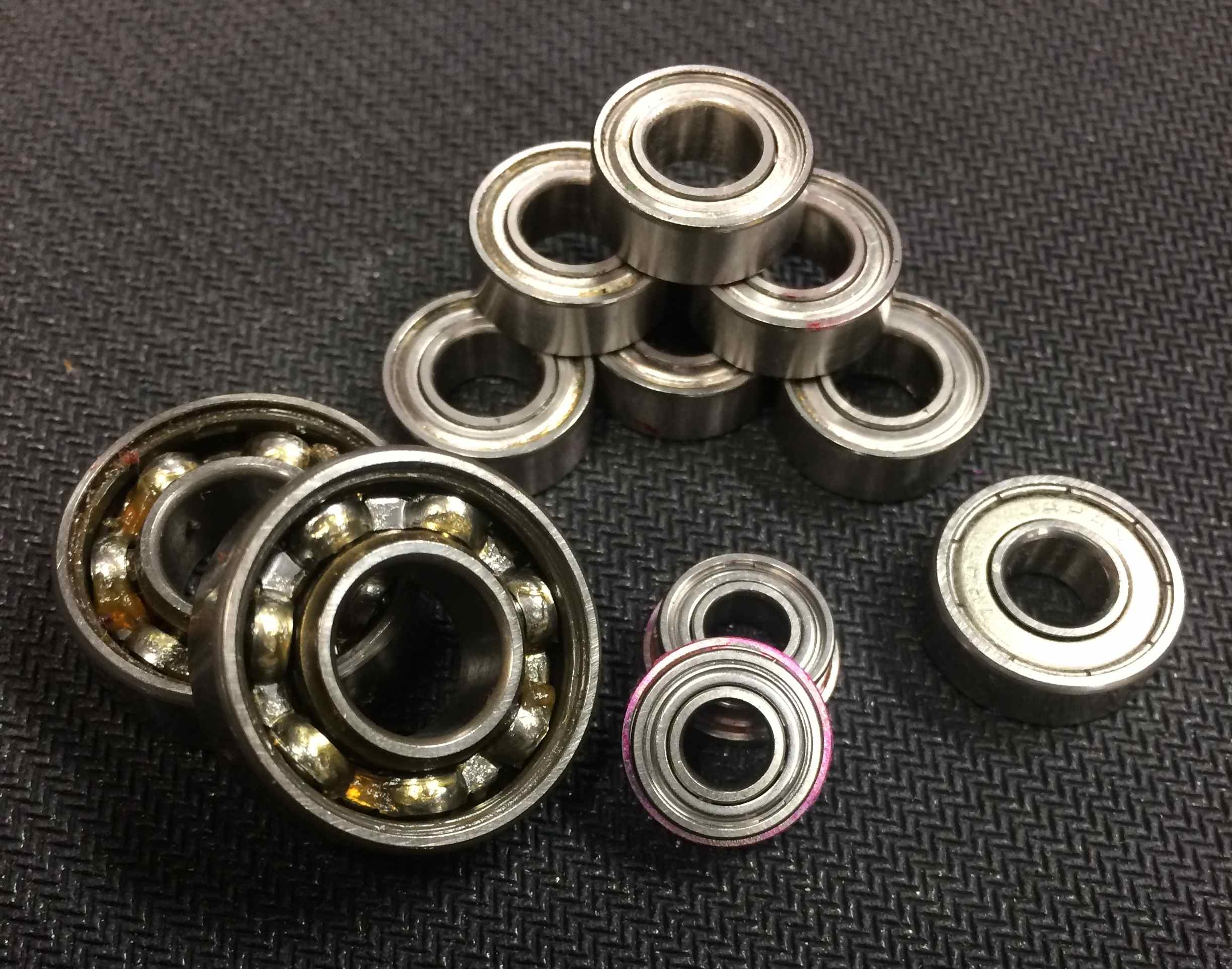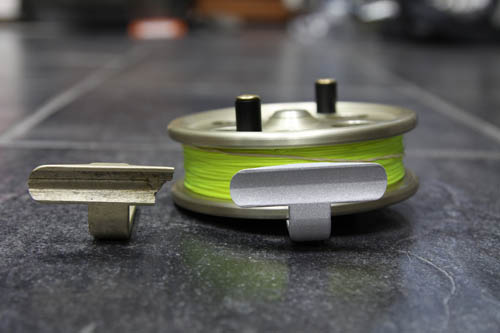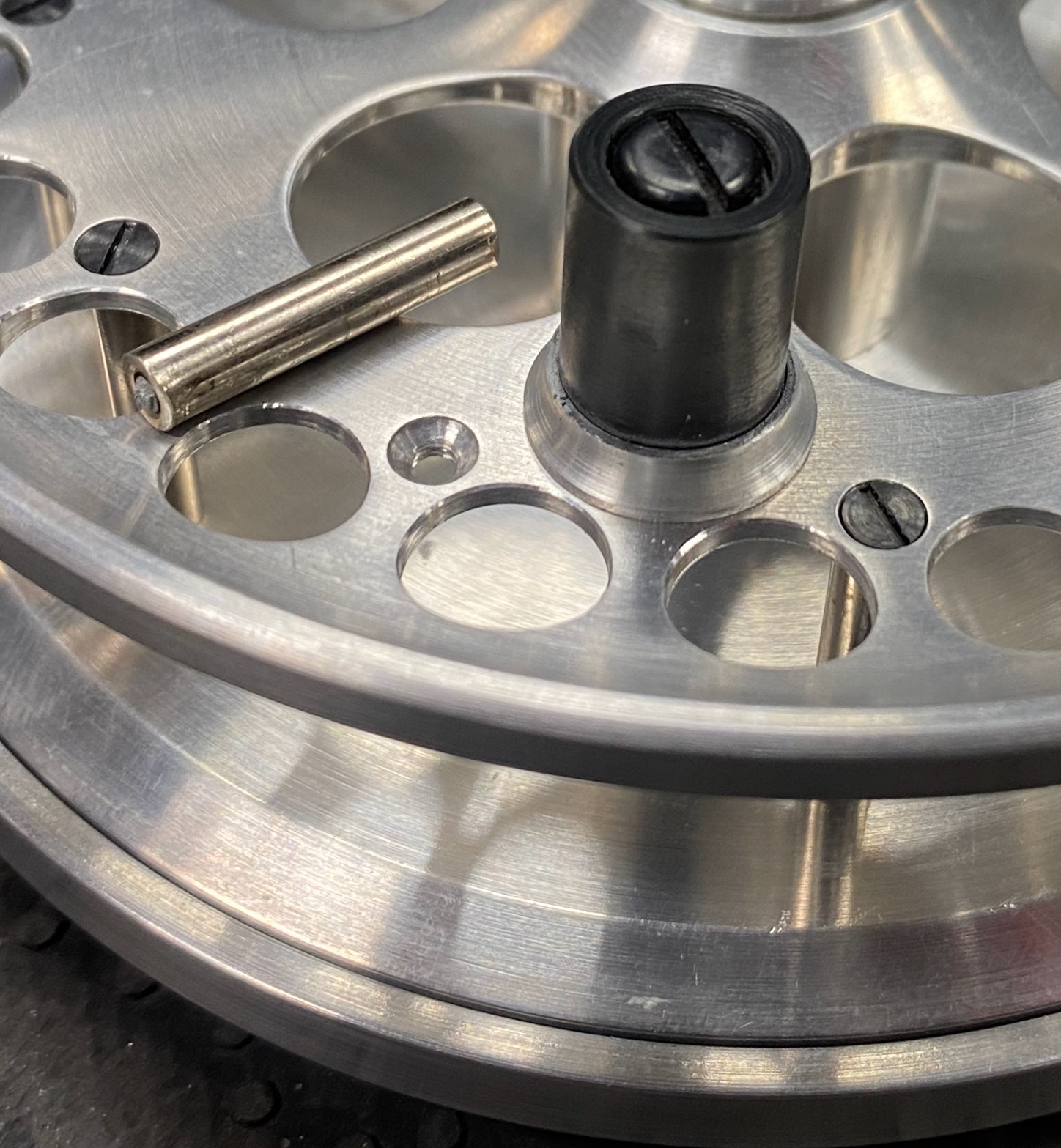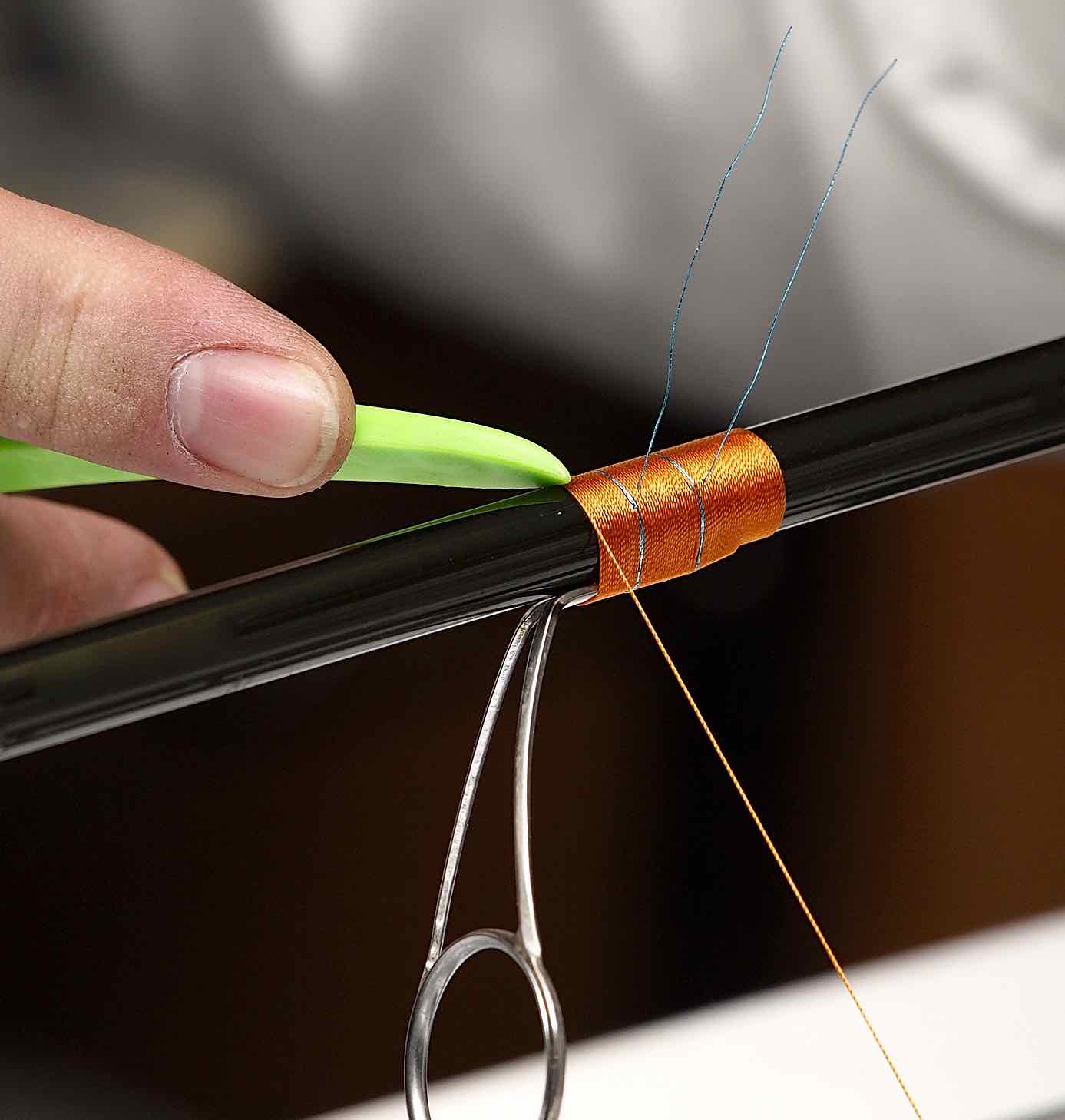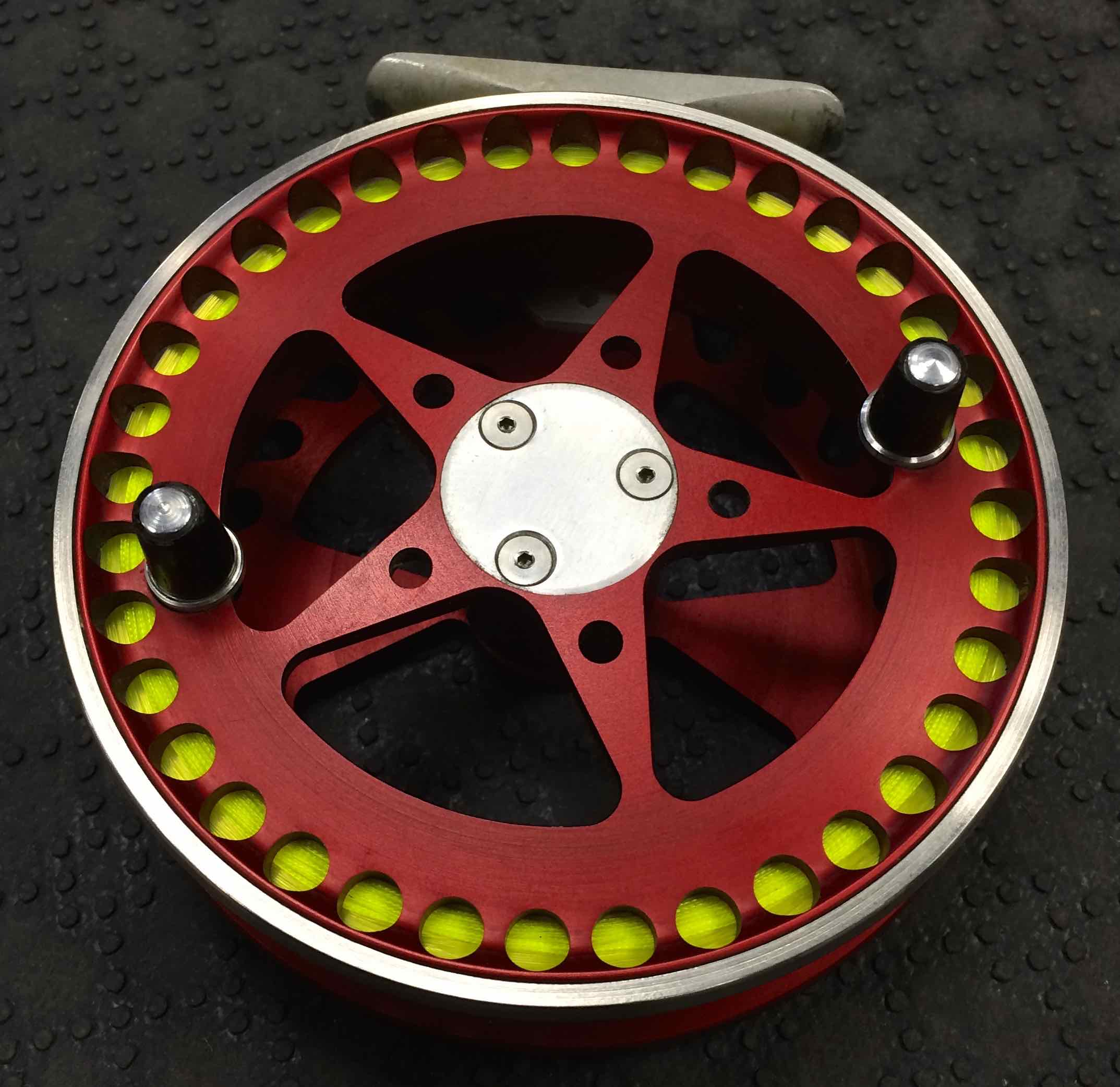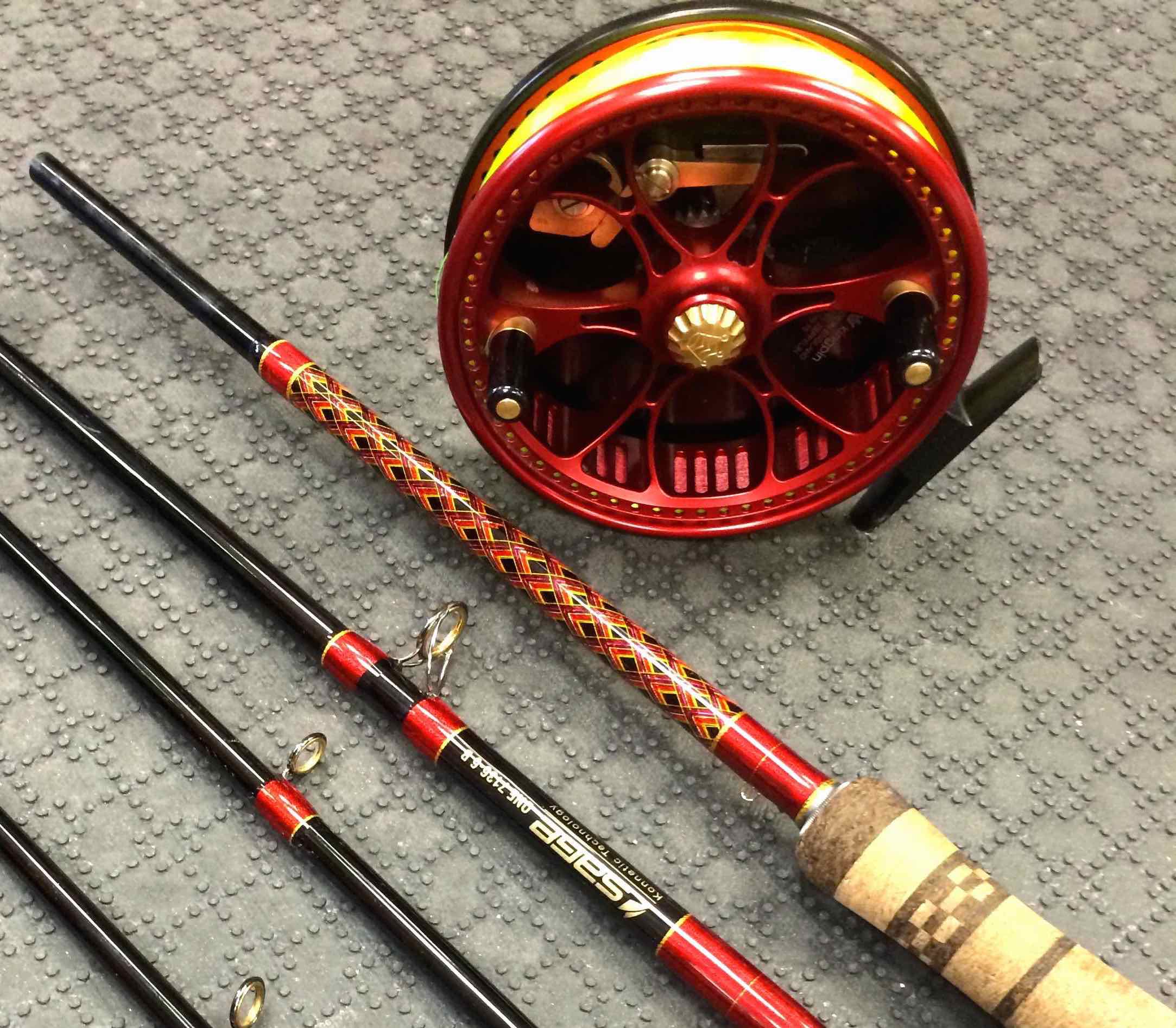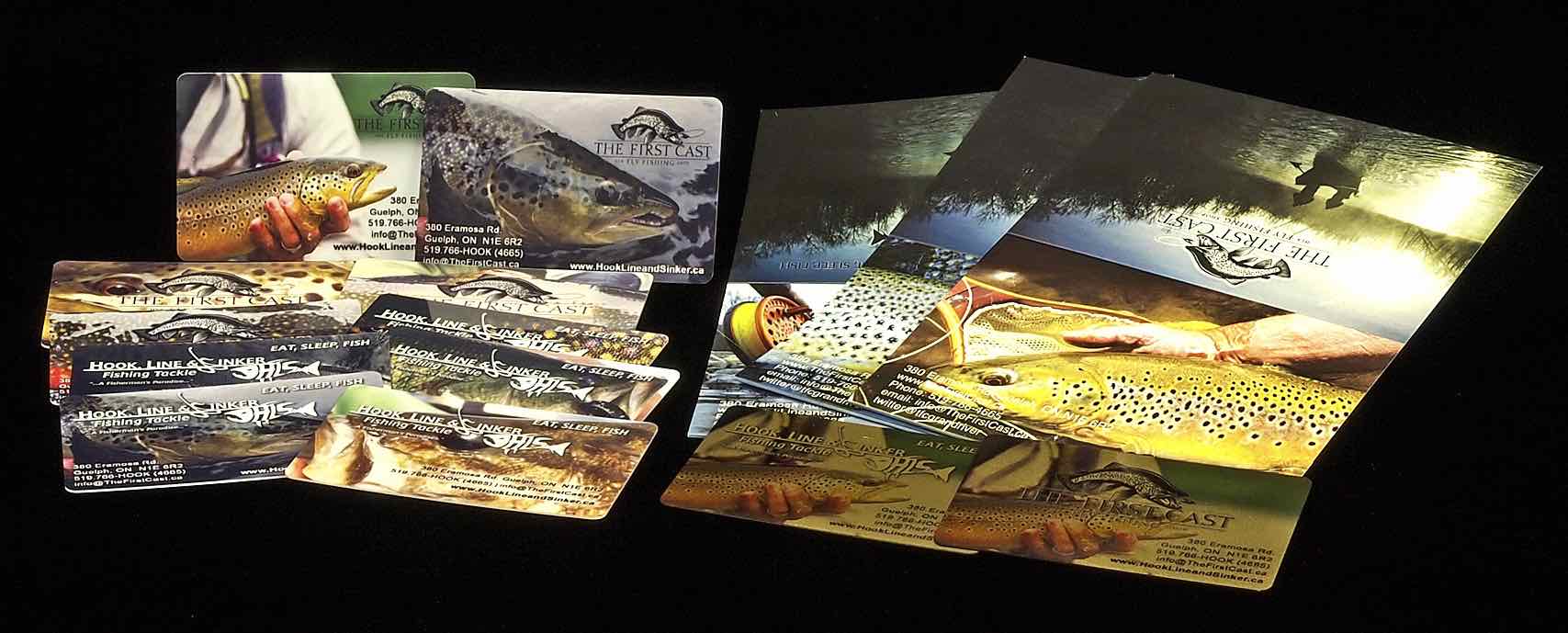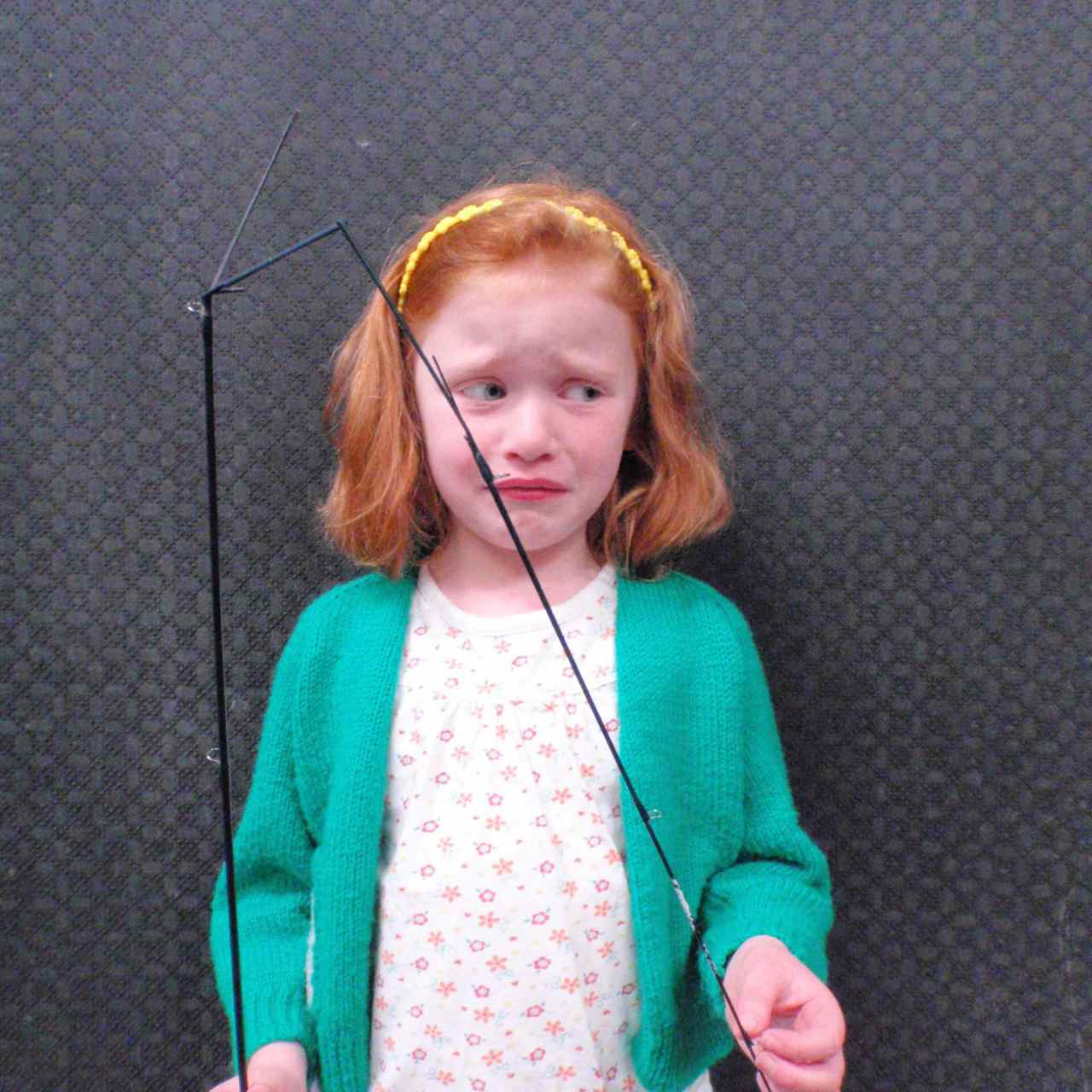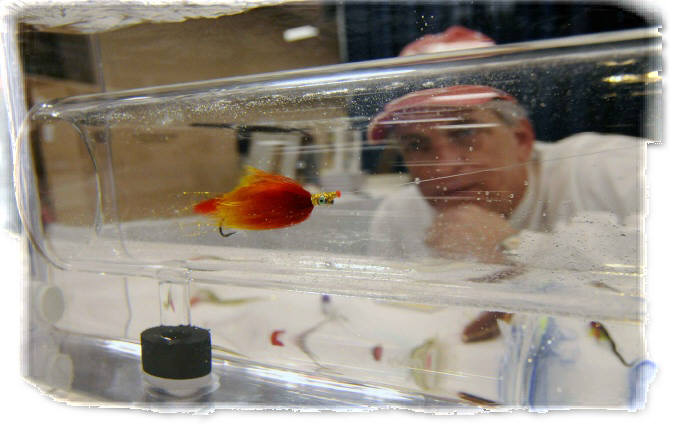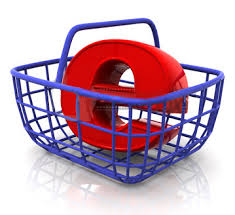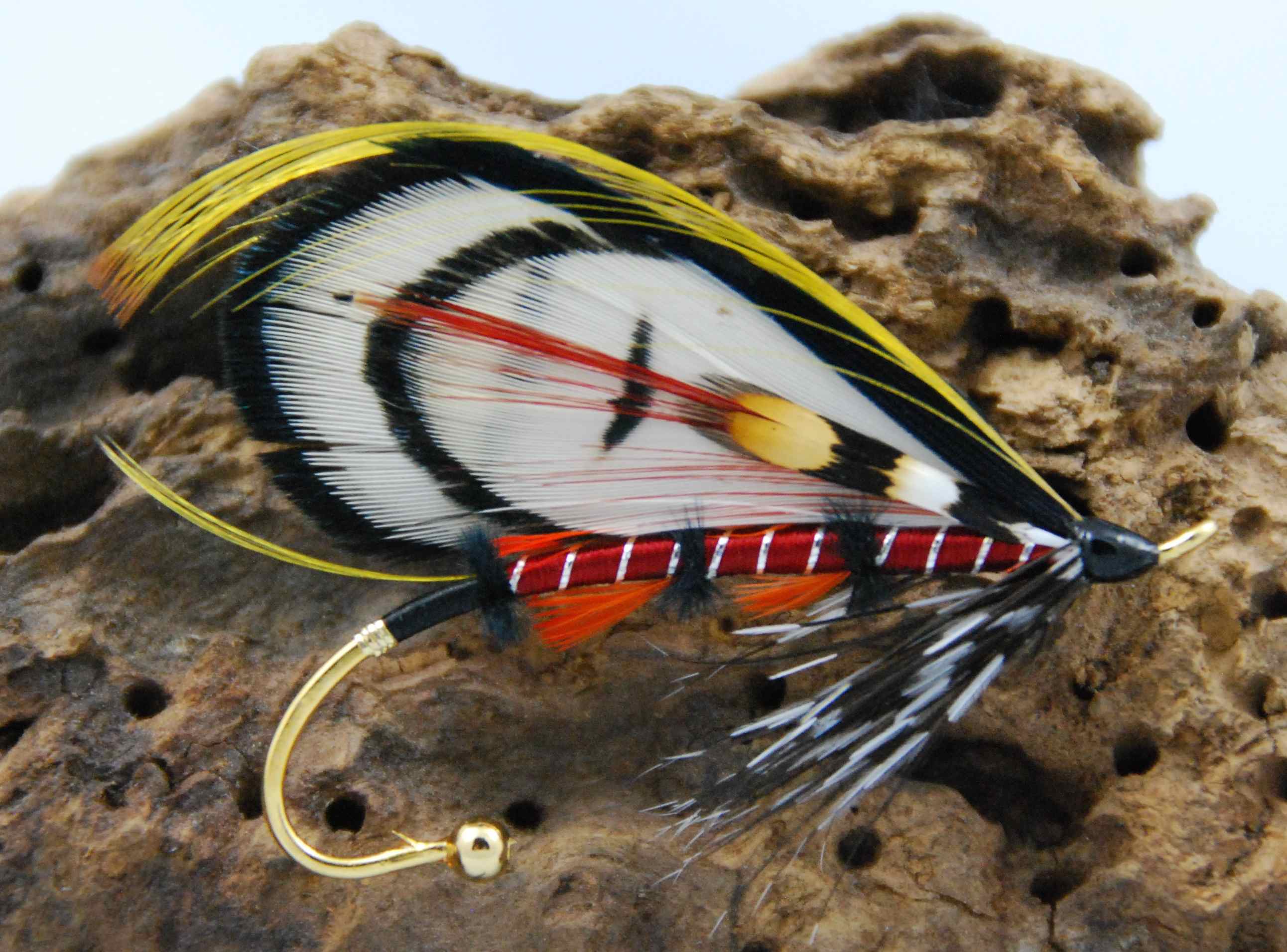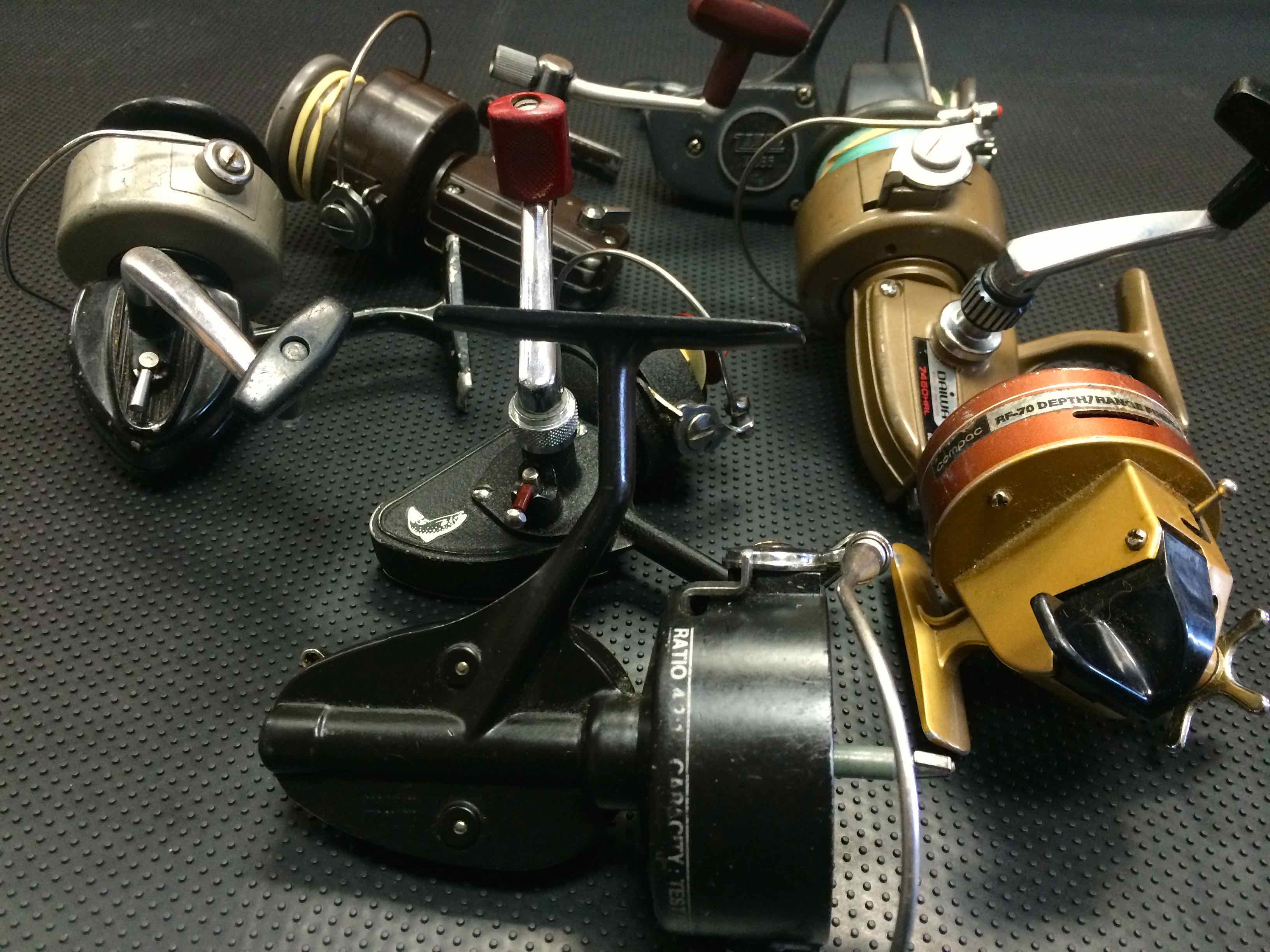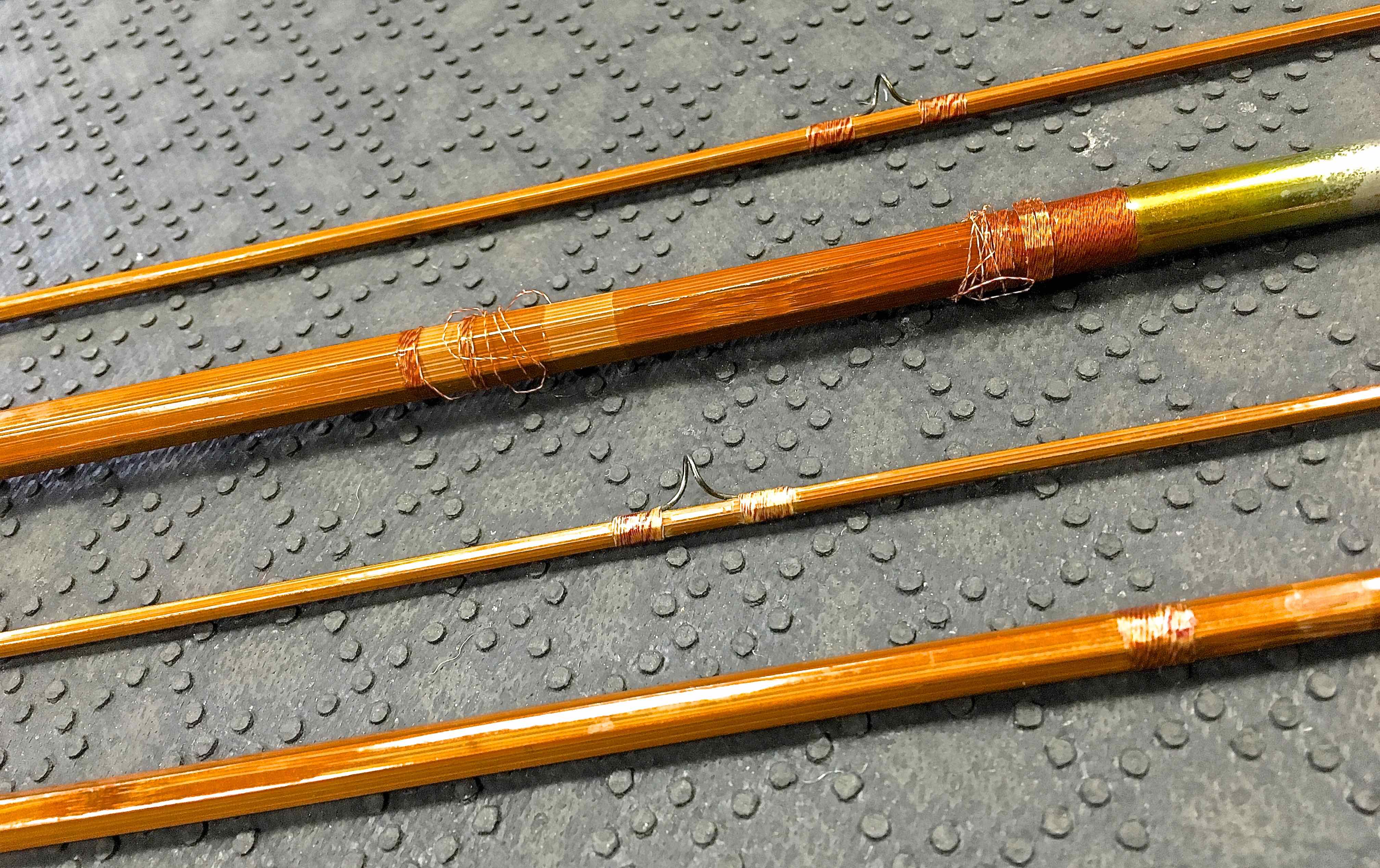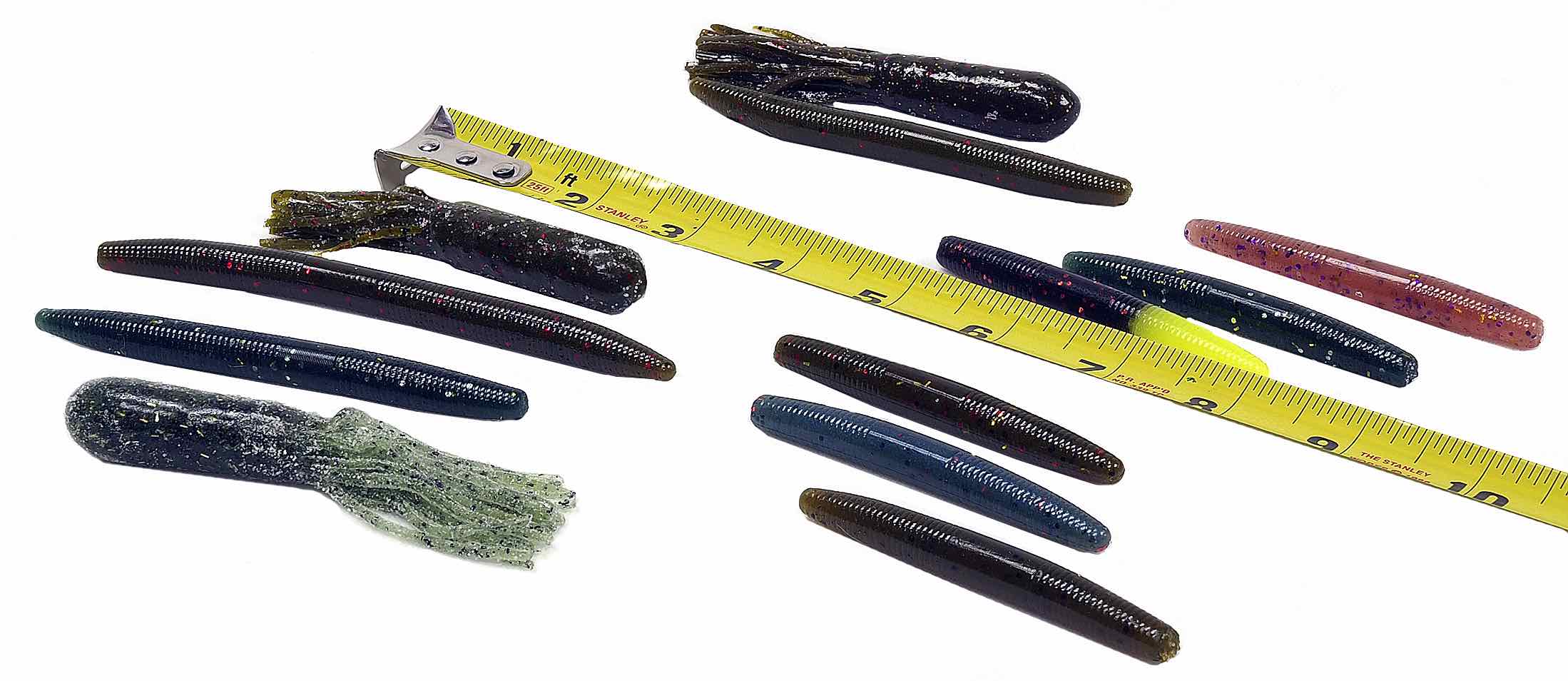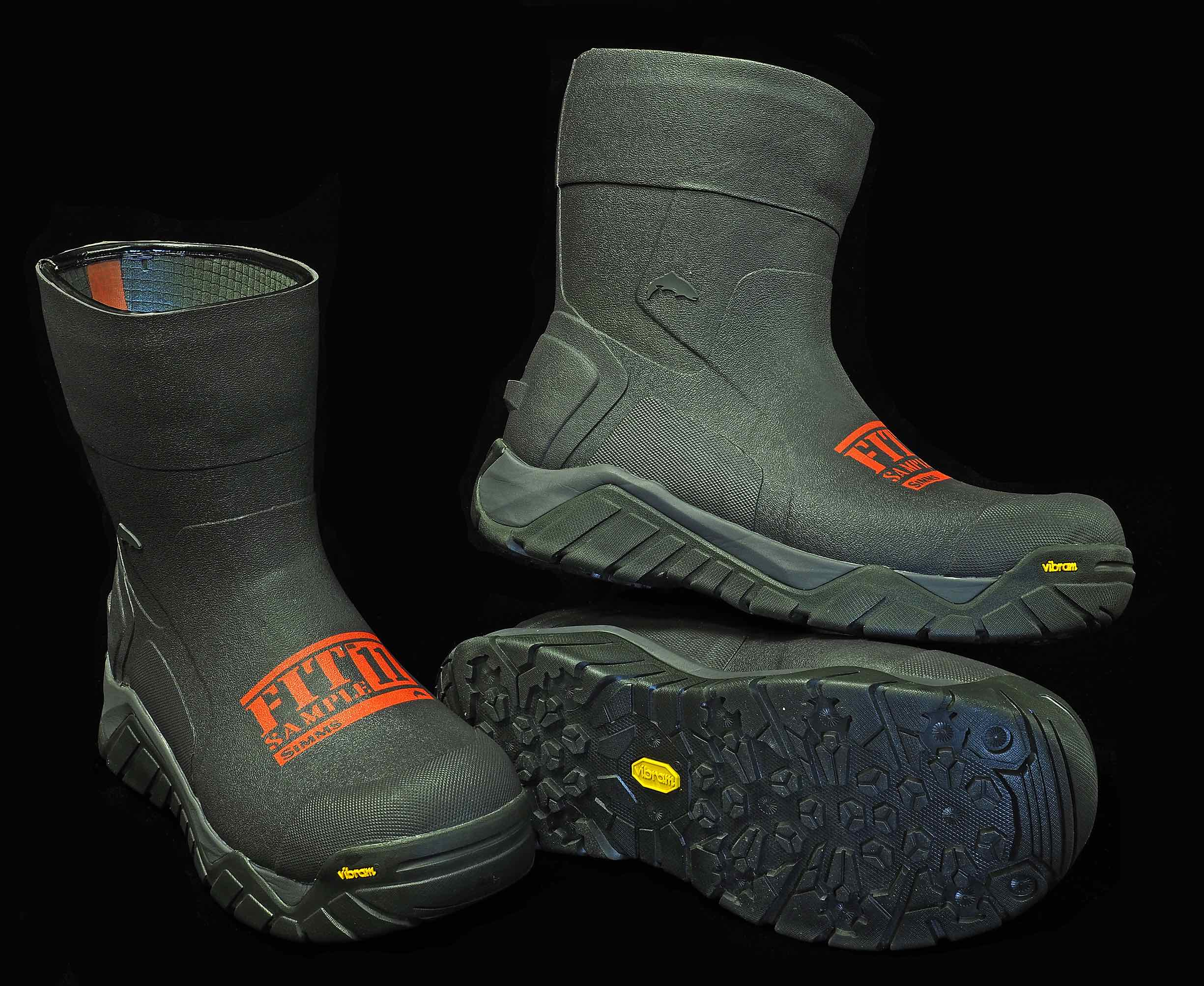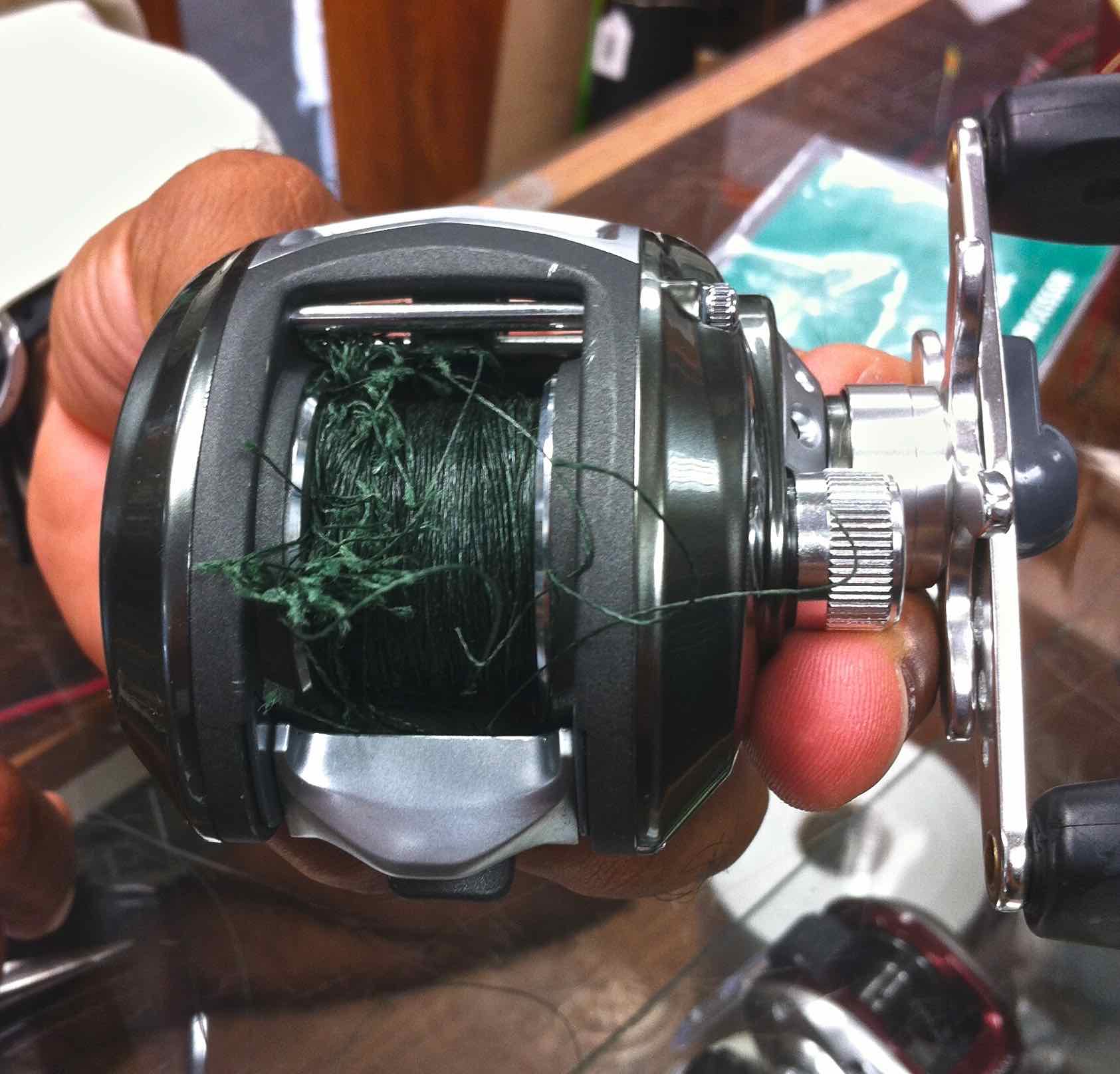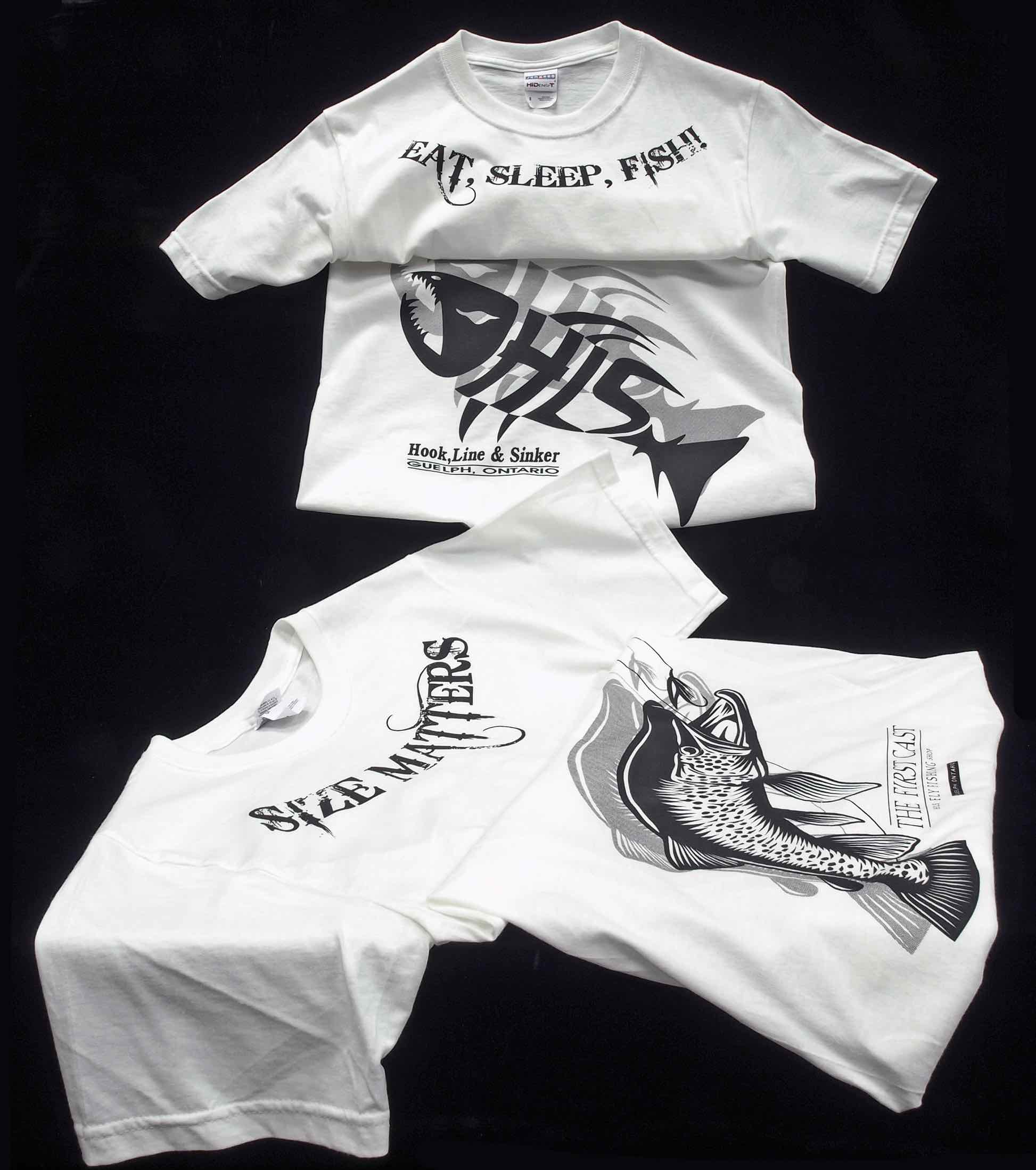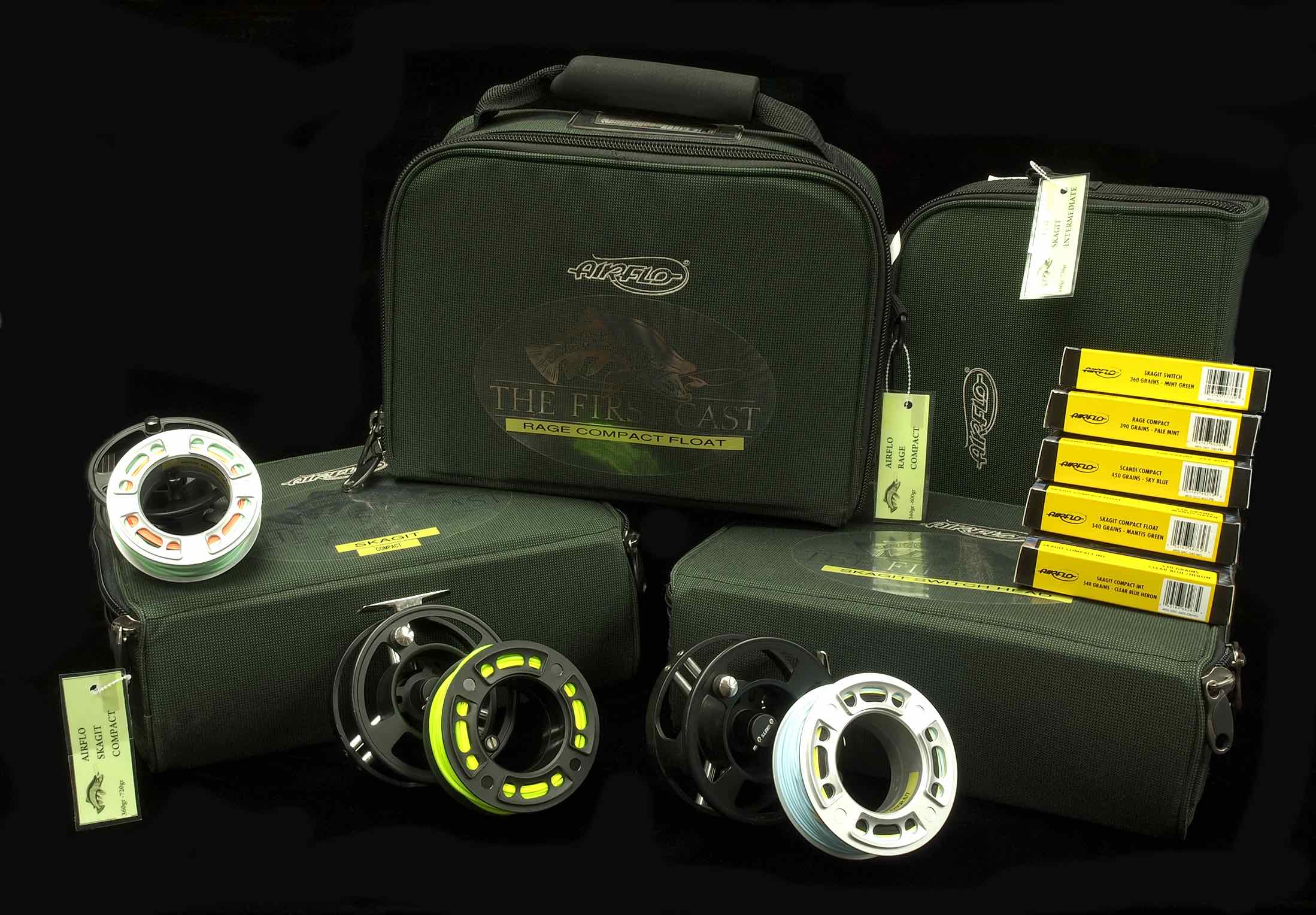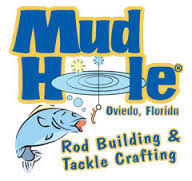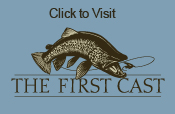This wide-ranging, the Pickerel or Walleye (Sander vitreus) is the largest member of the perch family with large, glassy eyes (hence the name). In lakes, walleyes often relate to rocky drop-offs and windy points. In rivers, they can usually be found in deeper holes and in the tailraces of dams. Jigs and minnows are popular with walleye anglers but they also can be caught on crankbaits, spinners and slip-bobbers with live bait. Immensely popular in Northern states and Canada, partly because they make excellent table fare.
Walleye (Sander vitreus, formerly Stizostedion vitreum) is a freshwater perciform fish native to most of Canada and to the Northern United States. It is a North American close relative of the European pikeperch. The walleye is sometimes called the yellow walleye to distinguish it from the blue walleye, which is a subspecies that was once found in the southern Ontario and Quebec regions, but are now presumed extinct.
In some parts of its range, the walleye is known as the walleyed pike, colored pike, yellow pike or pickerel (esp. in English-speaking Canada), although the fish is not related to other species of pikes which are members of the family Esocidae.
Walleye show a fair amount of variation across watersheds. In general, fish within a watershed are quite similar and are genetically distinct from those of nearby watersheds. The species has been artificially propagated for over a century and has been planted on top of existing populations or introduced into waters naturally devoid of the species, sometimes reducing the overall genetic distinctiveness of populations.
Etymology:
Walleye, Sander vitreus
The common name, “walleye”, comes from the fact that the fish’s eyes point outward, as if looking at the walls. This externally facing orientation of the eyes gives anglers an advantage in the dark because there is a certain eyeshine given off by the eye of the walleye in the dark, similar to that of lions and other night dwelling animals. This “eyeshine” is the result of a light-gathering layer in the eyes called the tapetum lucidum, which allows the fish to see well in low-light conditions. In fact, many anglers look for walleyes at night since this is when major feeding patterns occur. The fish’s eyes also allow them to see well in turbid waters (stained or rough, breaking waters), which gives them an advantage over their prey. Thus, walleye anglers will commonly look for locations where there is a good “walleye chop” (i.e., rough water). This excellent vision also allows the fish to populate the deeper regions in a lake, and they can often be found in deeper water, particularly during the warmest part of the summer.
Description:
Walleye are largely olive and gold in color (hence the French common name: doré—golden). The dorsal side of a walleye is olive, grading into a golden hue on the flanks. The olive/gold pattern is broken up by five darker saddles that extend to the upper sides. The color shades to white on the belly. The mouth of a walleye is large and is armed with many sharp teeth. The first dorsal and anal fins are spinous, as is the operculum. Walleyes are distinguished from their close cousin the sauger by the white coloration on the lower lobe of the caudal fin which is absent on the sauger. In addition, the two dorsals and the caudal fin of the sauger are marked with distinctive rows of black dots which are absent from or indistinct on the same fins of walleyes.
Length and weight:
Weight vs. length of walleyes
Walleye grow to about 80 cm (31 in) in length, and weigh up to about 9 kg (20 lb). The maximum recorded size for the fish is 107 cm (42 in) in length and 11.3 kilograms (25 lb) in weight. The growth rate depends partly on where in their range they occur, with southern populations often growing faster and larger. In general, females grow larger than males. Walleyes may live for decades; the maximum recorded age is 29 years. In heavily fished populations, however, few walleye older than five or six years of age are encountered. In North America, where they are highly prized, their typical size when caught is on the order of 30 to 50 cm (12 to 20 in), substantially below their potential size.
Reproduction:
In most of the species’ range, male walleyes mature sexually between three and four years of age. Females normally mature about a year later. Adults migrate to tributary streams in late winter or early spring to lay eggs over gravel and rock, although there are open water reef or shoal spawning strains as well. Some populations are known to spawn on sand or vegetation. Spawning occurs at water temperatures of 6 to 10 °C (43 to 50 °F). A large female can lay up to 500,000 eggs, and no care is given by the parents to the eggs or fry. The eggs are slightly adhesive and fall into spaces between rocks. The incubation period for the embryos is temperature-dependent, but generally lasts from 12 to 30 days. After hatching, the free-swimming embryo spends about a week absorbing a relatively small amount of yolk. Once the yolk has been fully absorbed, the young walleye begins to feed on invertebrates, such as fly larvæ and zooplankton. After 40 to 60 days, juvenile walleyes become piscivorous. Thenceforth, both juvenile and adult walleyes eat fish almost exclusively, frequently yellow perch or ciscoes, moving onto bars and shoals at night to feed. Walleye also feed heavily on crayfish, minnows, and leeches.
As food:
The walleye is considered to be a quite palatable freshwater fish, and, consequently, is fished recreationally and commercially for food. Because of its nocturnal feeding habits, it is most easily caught at night using live minnows or lures that mimic small fish. In Minnesota the walleye is often fished for in the late afternoon on windy days or in the night. Most commercial fisheries for walleye are situated in the Canadian waters of the Great Lakes.
Fishing:
Because walleye are popular with anglers, fishing for walleyes is regulated by most natural resource agencies. Management may include the use of quotas and length limits to ensure that populations are not over-exploited. For example, in the state of Michigan, walleye shorter than 15 in (38 cm) may not be legally kept, except in Lake St. Clair and the St. Clair River where fish as short as 13 in (33 cm) may be taken.
Since walleye have excellent visual acuity under low illumination levels, they tend to feed more extensively at dawn and dusk, on cloudy or overcast days and under choppy conditions when light penetration into the water column is disrupted. Although anglers interpret this as light avoidance, it is merely an expression of the walleye’s competitive advantage over its prey under those conditions. Similarly, in darkly stained or turbid waters, walleye tend to feed throughout the day. In the spring and fall walleye are located near the shallower areas due to the spawning grounds; and they are most often located in shallower areas during higher winds due to the murkier, higher oxygenated water at around six feet deep. On calm spring days the walleye are more often located at the deep side of the shoreline drop-off and around shore slopes around or deeper than ten feet.
“Walleye chop” is a term used by walleye anglers for rough water typically with winds of 10 to 25 km/h (6 to 16 mph), and is one of the indicators for good walleye fishing due to the walleye’s increased feeding activity during such conditions. In addition to fishing the “Walleye chop”, night fishing with live bait can be very effective.
The current all-tackle world record for a walleye is held by Mabry Harper, who caught a 11.34 kg (25 lbs.) walleye in Old Hickory Lake in Tennessee, USA on August 2, 1960.
Cultural aspects:
Large walleye statue at Mille Lacs in Garrison, Minnesota
The walleye is the state fish of Minnesota and South Dakota and the official fish of Saskatchewan. It is very popular with Minnesota residents; more walleye is eaten in Minnesota than in any other jurisdiction of the United States. Both Garrison and Baudette, Minnesota, claim to be the “Walleye Capital of the World,” each with a large statue of the fish.
Winnipeg, Manitoba considers the walleye (referred to locally as “pickerel”) its most important local fish. Icelandic fishermen in Lake Winnipeg have traditionally supplied the Winnipeg market.
We are the leading provider of Fly Fishing Lessons, Corporate Team Building, and Guiding on the Upper Grand River, the Upper Credit River, and the Conestogo River.
No Guelph, Fergus, Kitchener or Cambridge Fishing Tackle Retailer will boast as complete and diverse a store inventory, including a vast selection of Centerpin / Float Fishing Reels, Rods, Clothing and Accessories.
Order a HLS or TFC Gift Card – We will put one in the mail for FREE!
Fly Shop Flyshop Flyfish Grand River Fly fish Grand River Guide Grand River Lesson Grand River Fergus Ontario Canada

